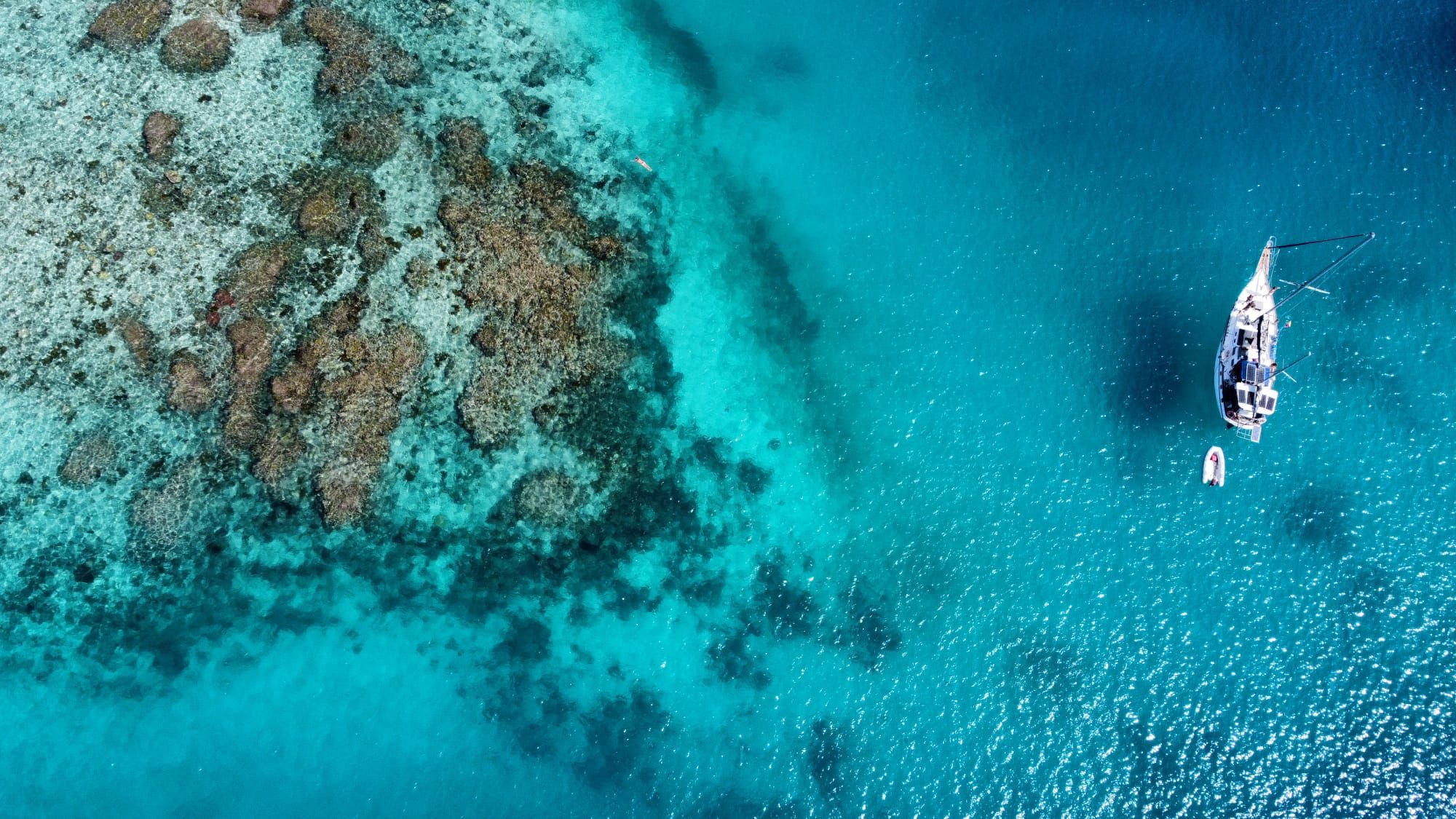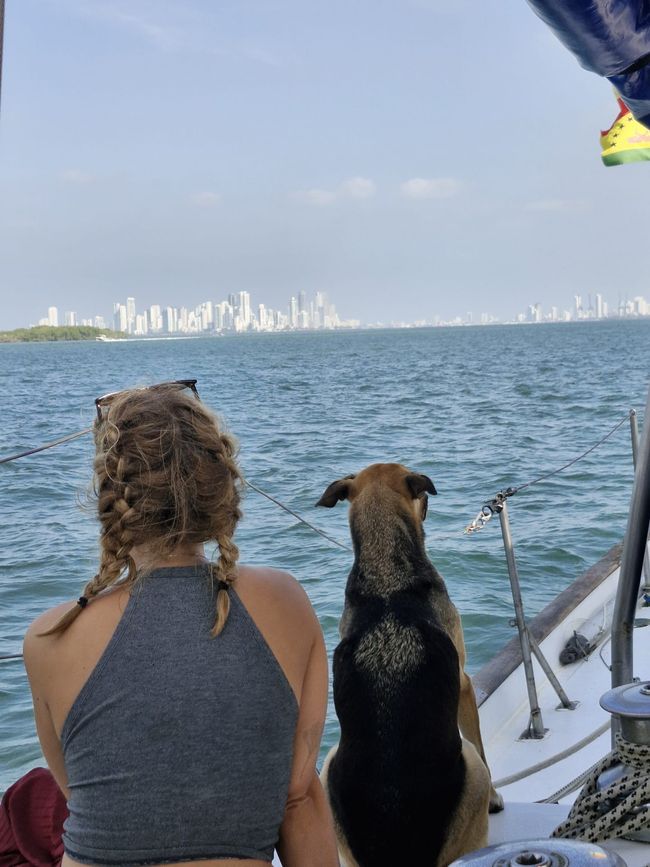Chocó - magnificent peaceful
بڵاوکراوەتەوە: 01.06.2024

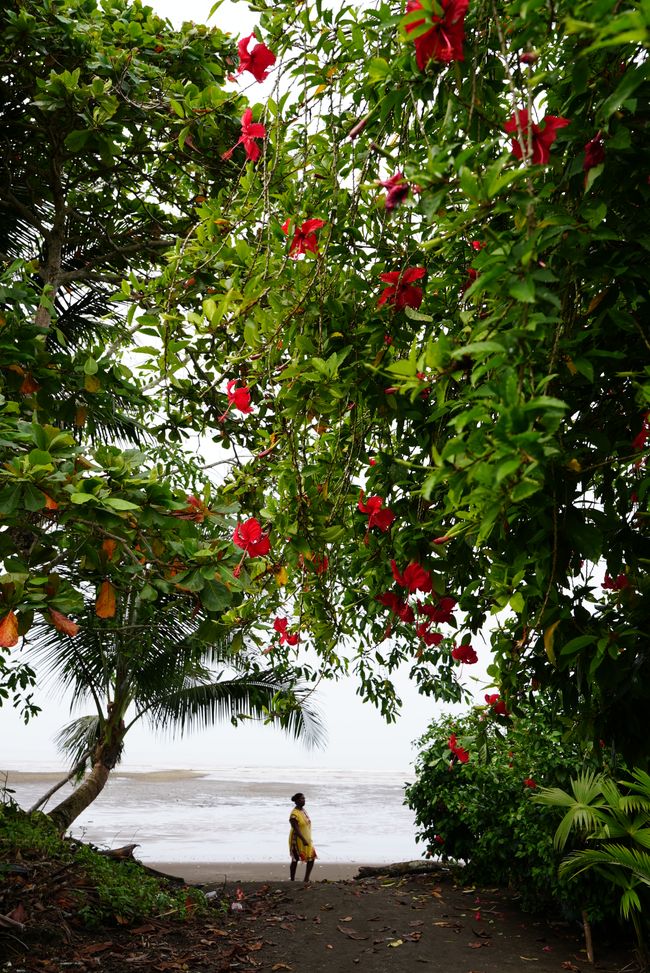
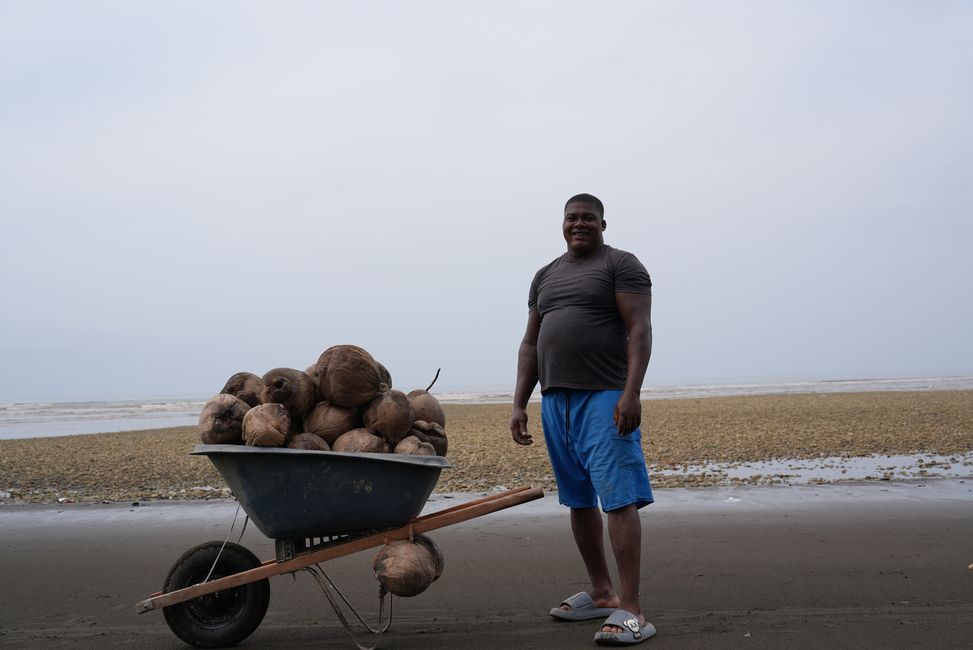
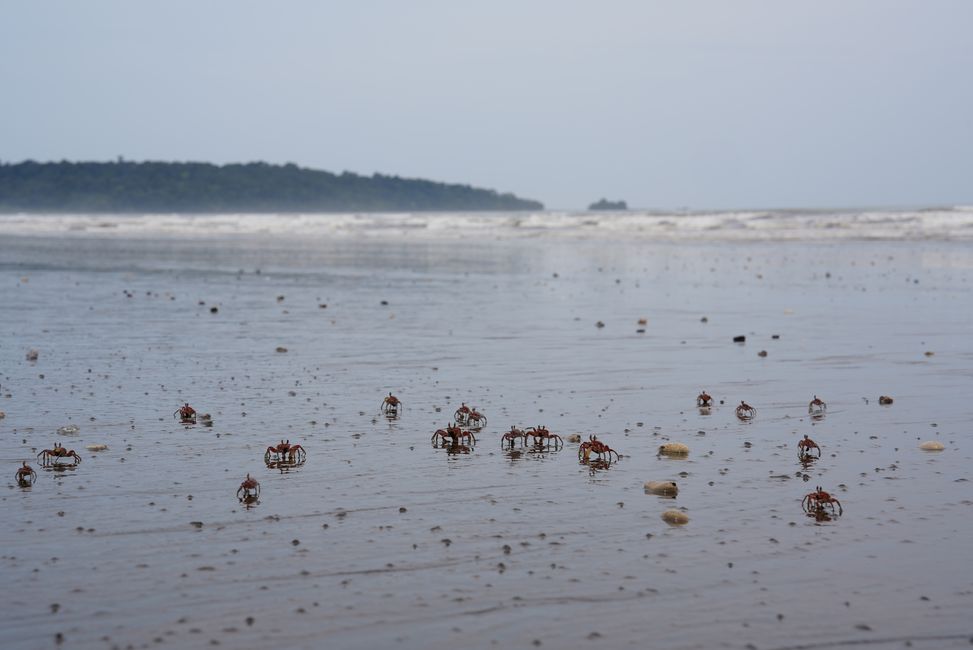
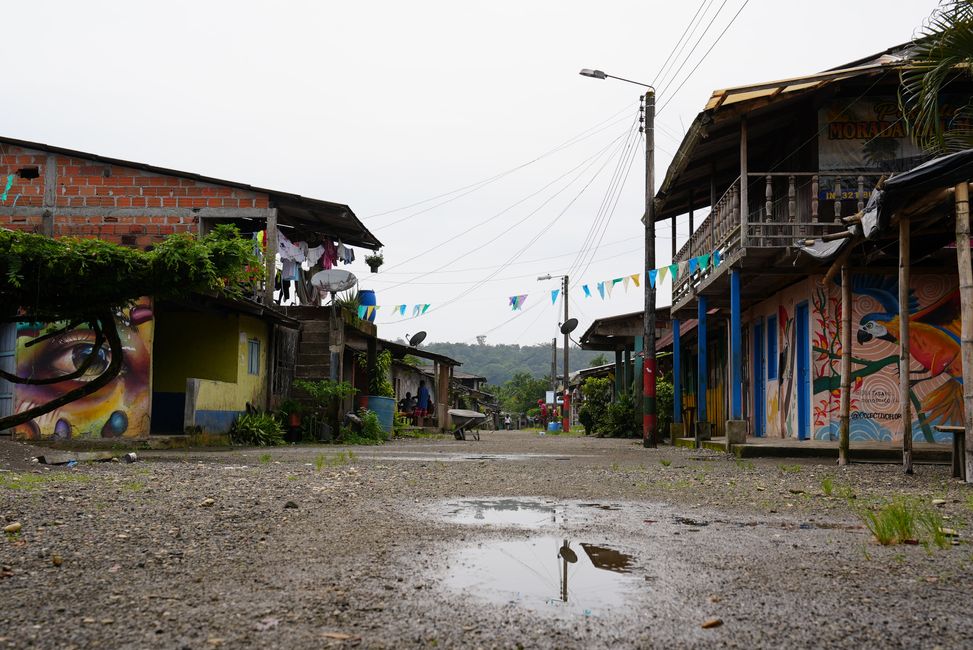
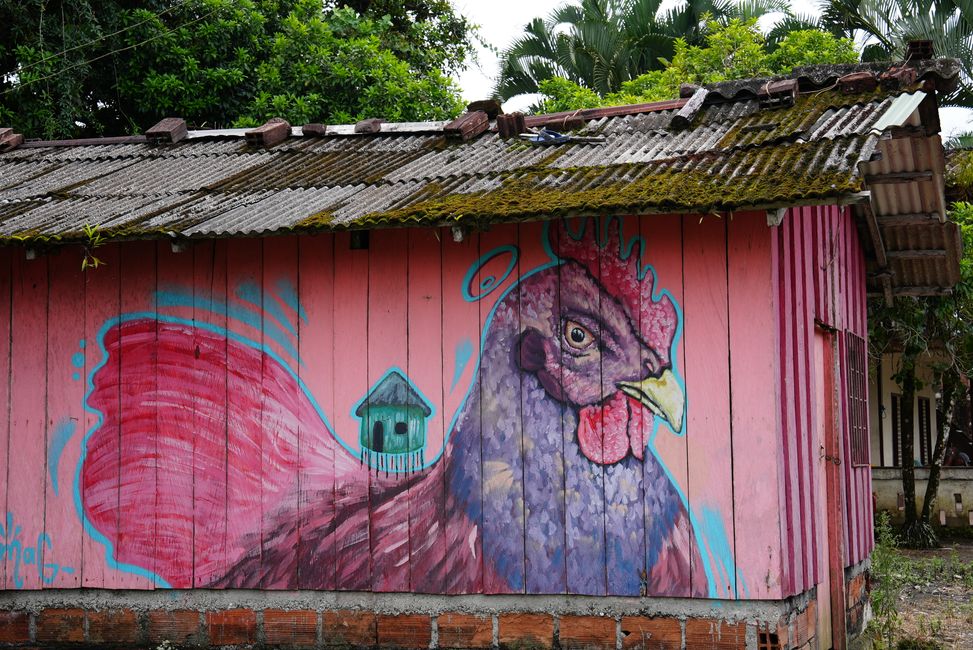
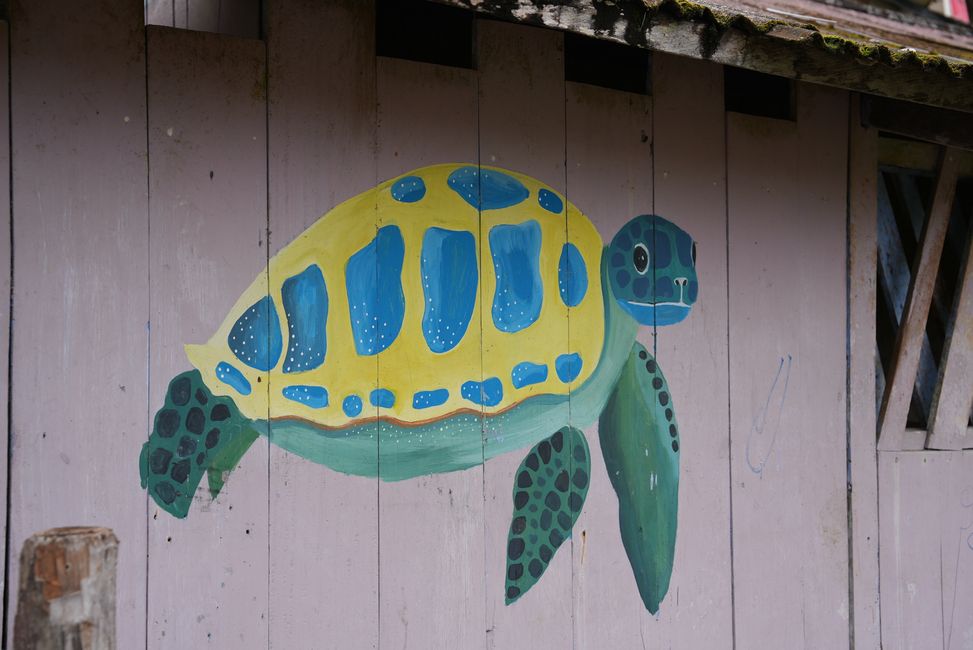

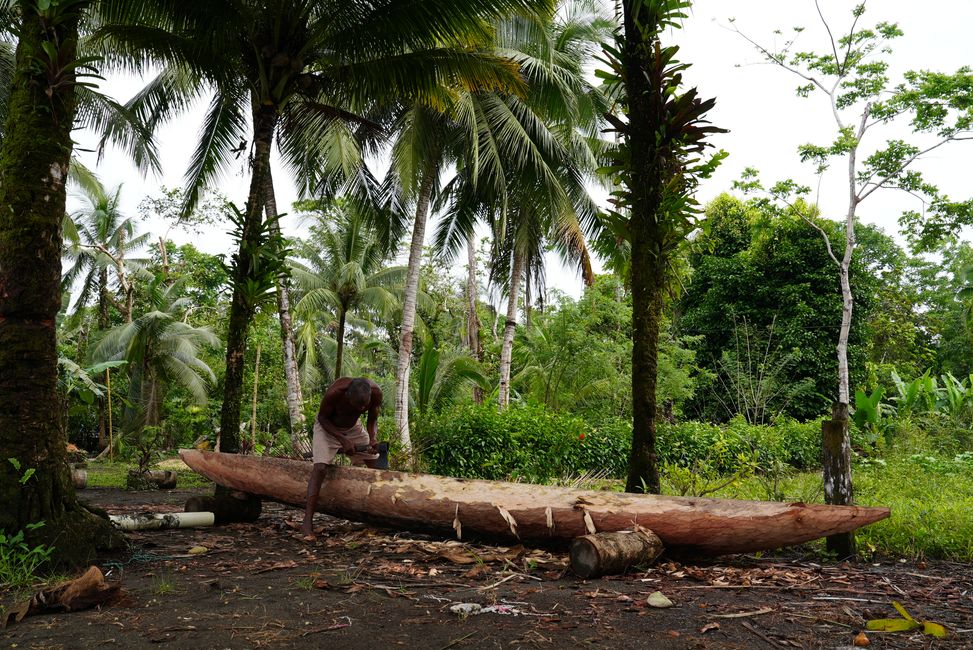
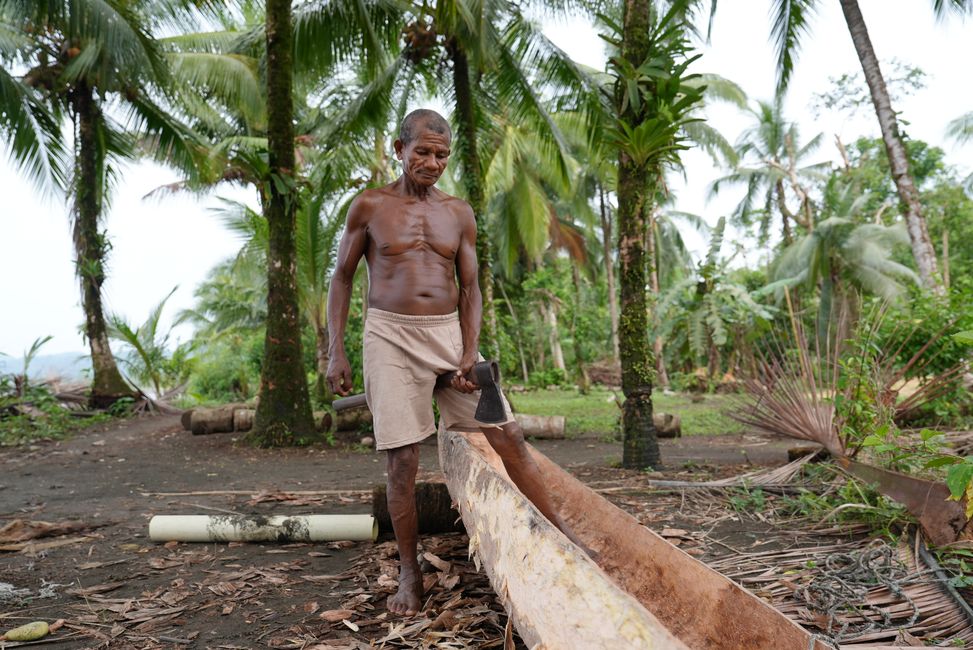
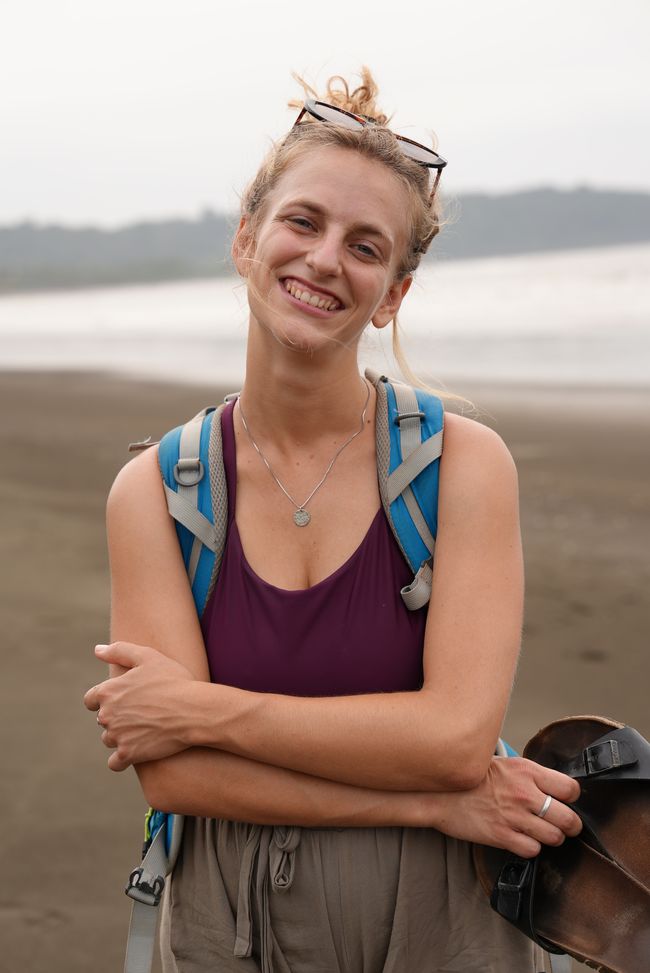

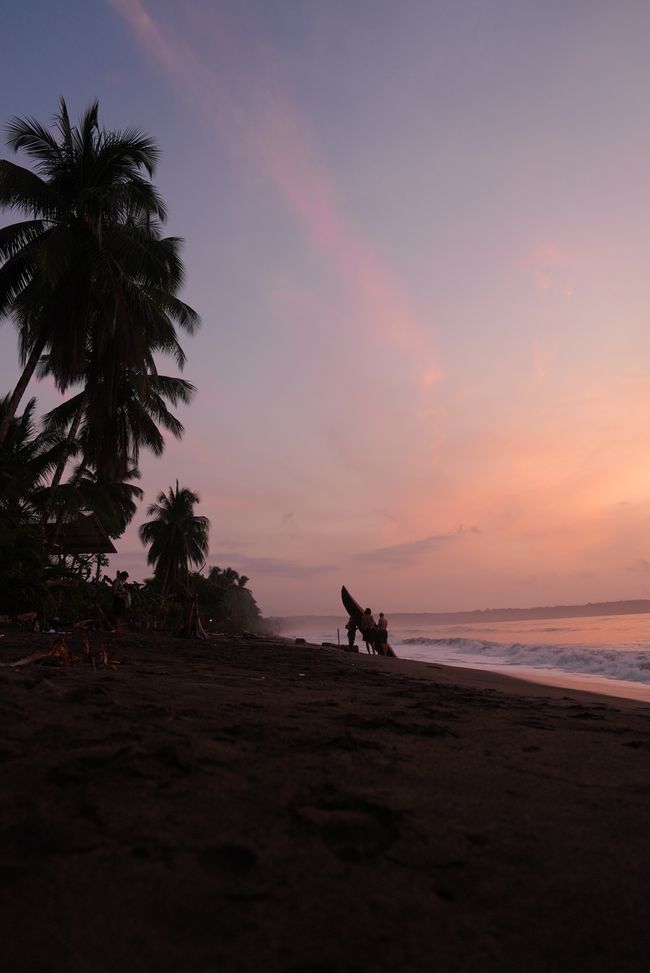
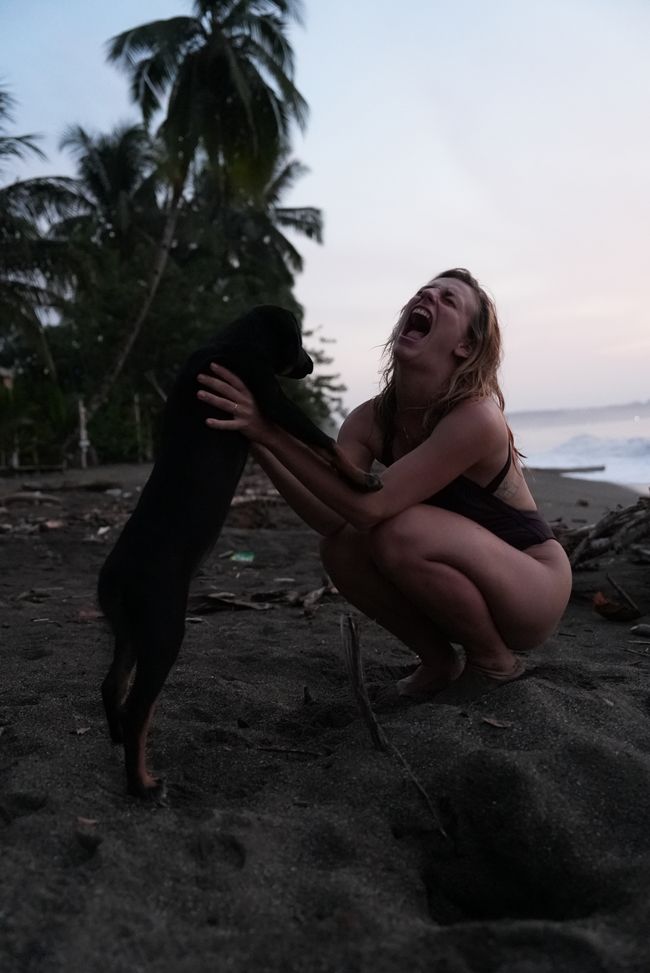
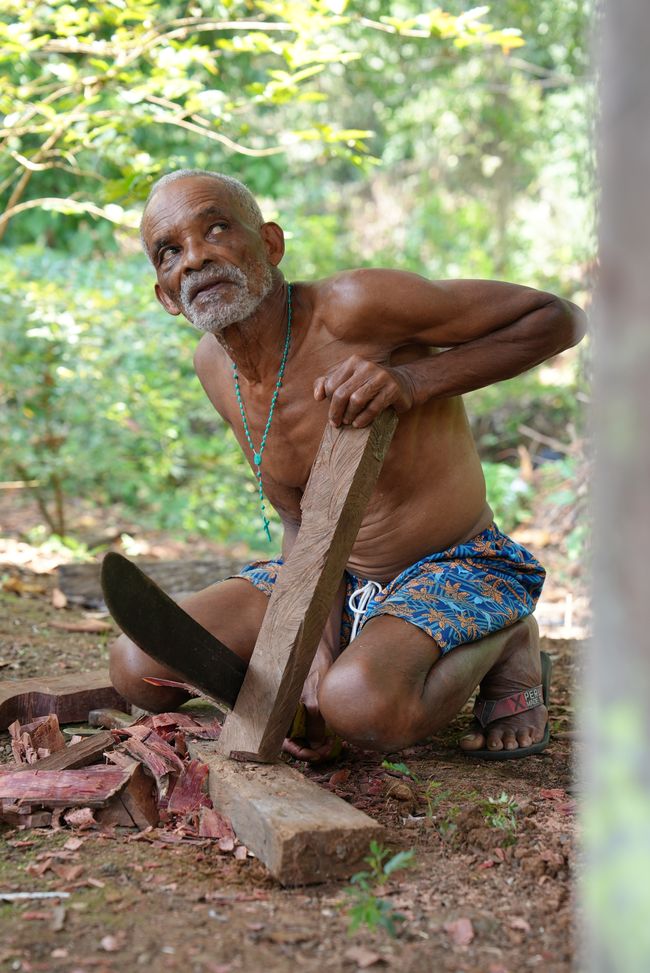
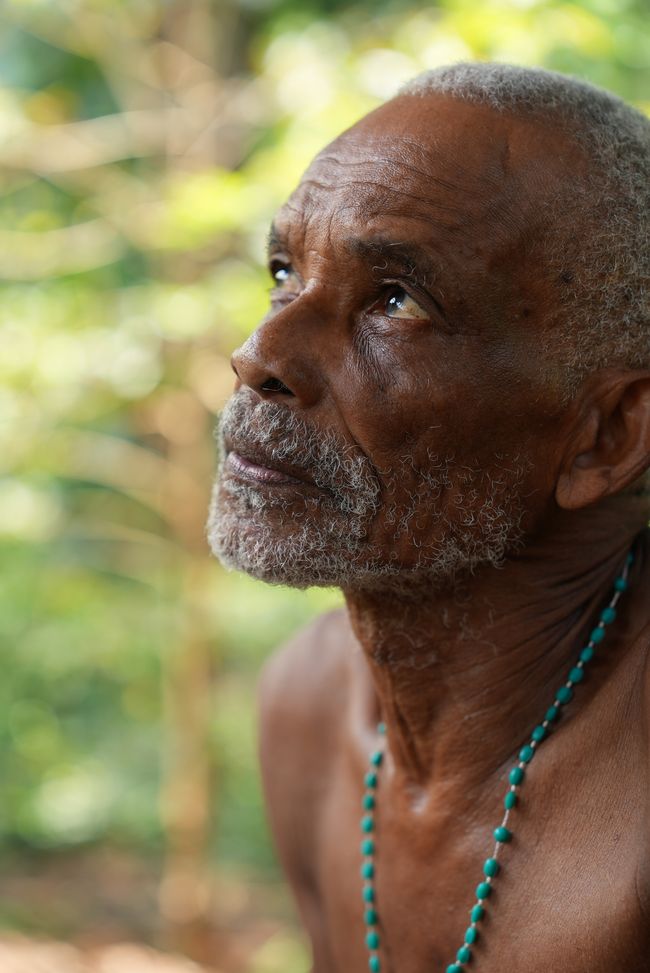
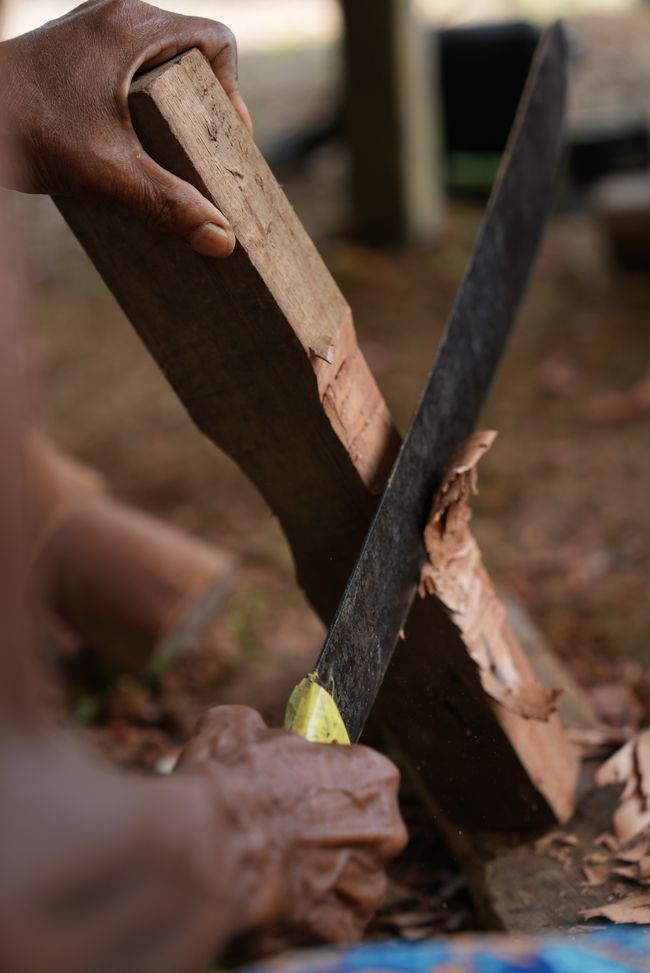
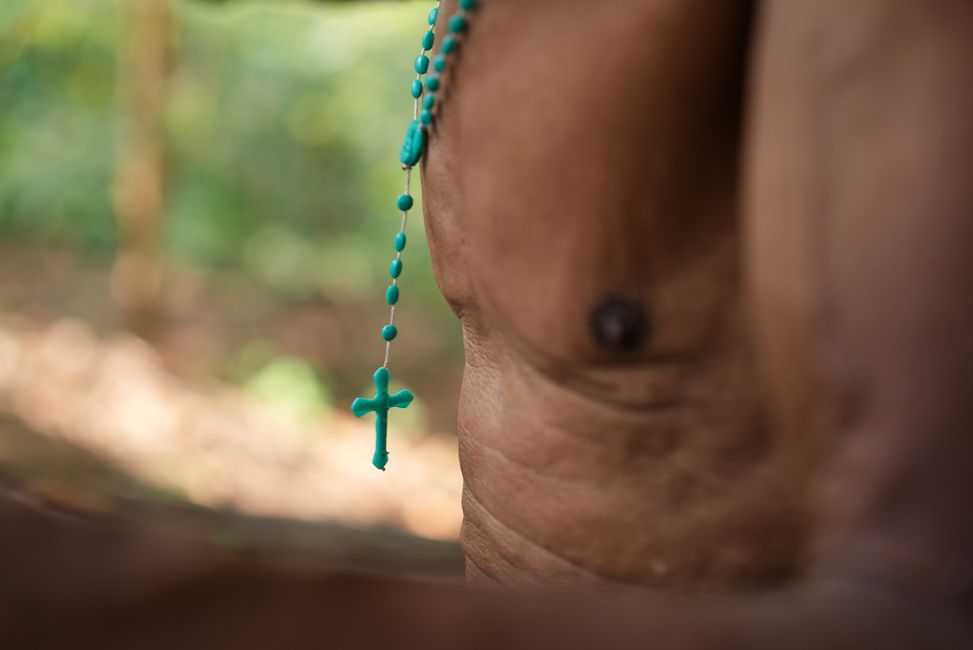
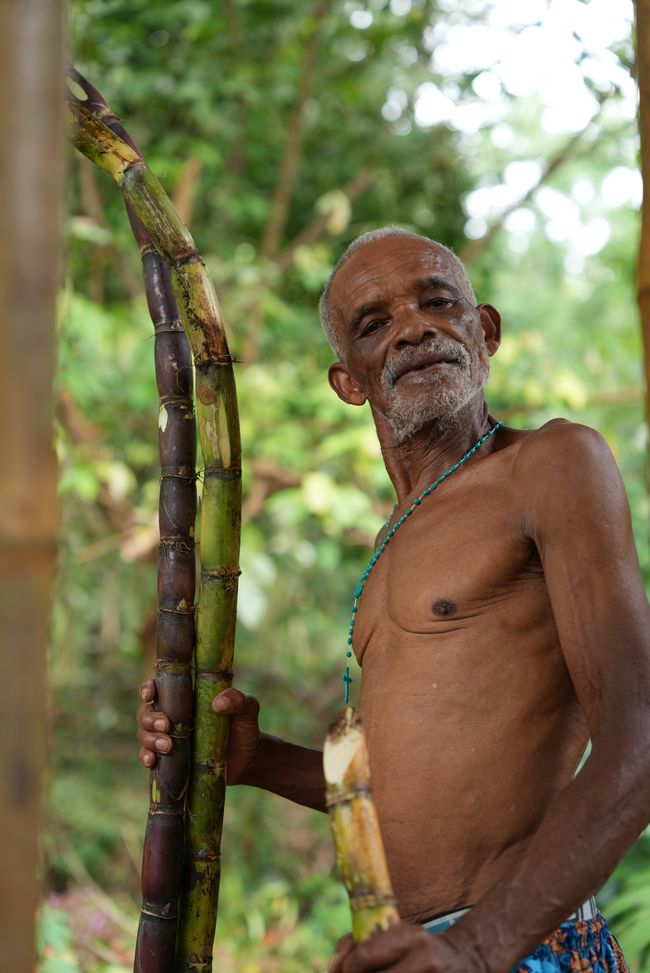



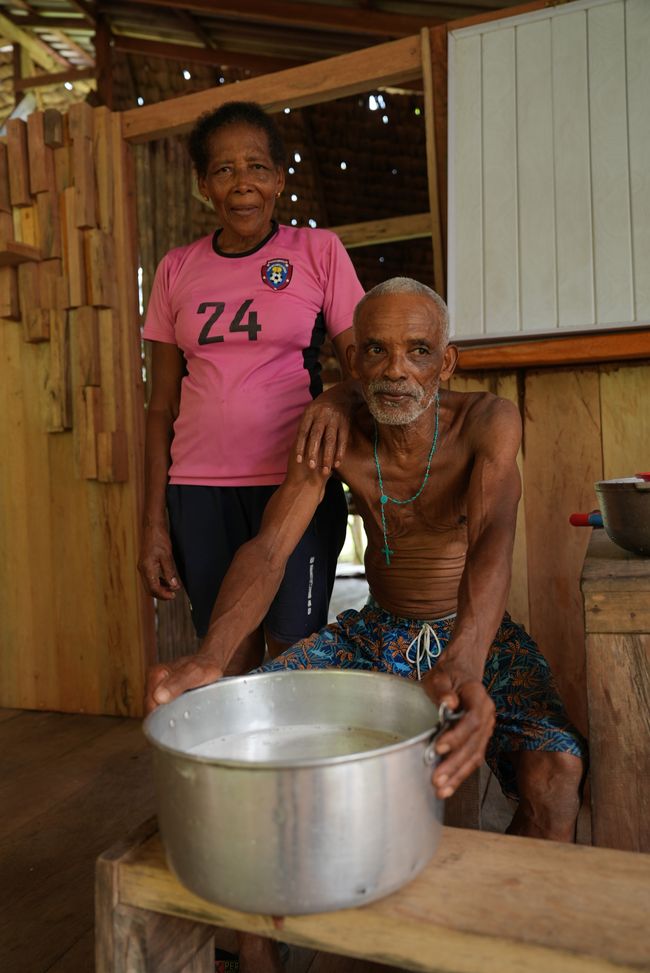
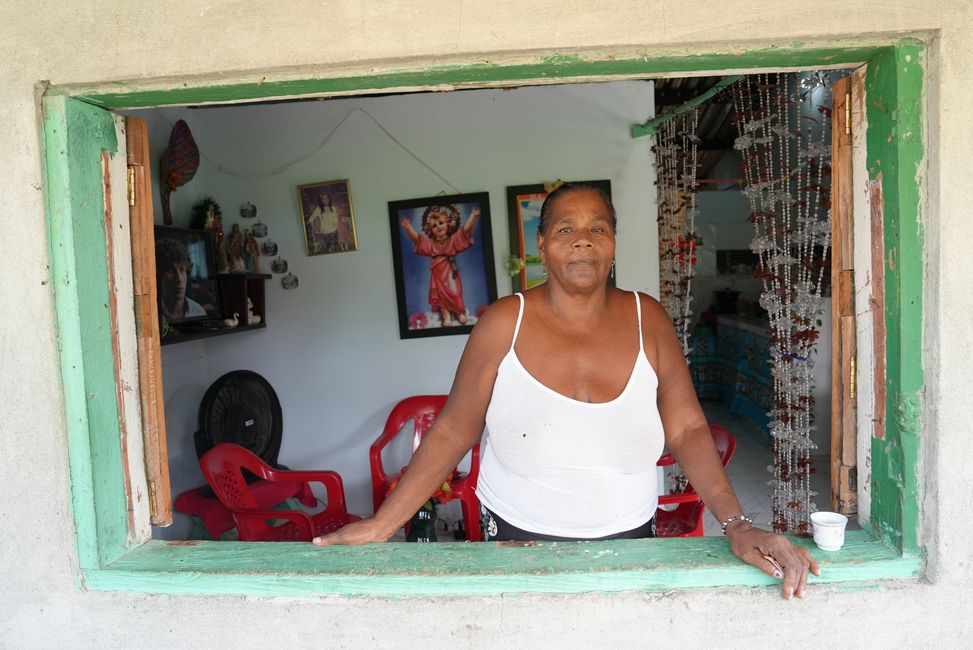
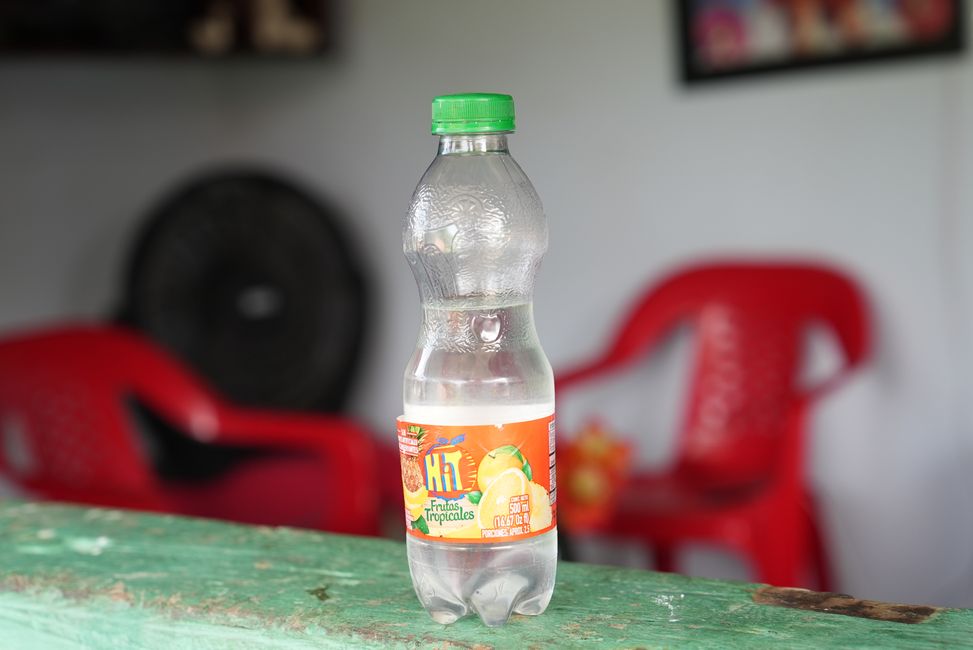
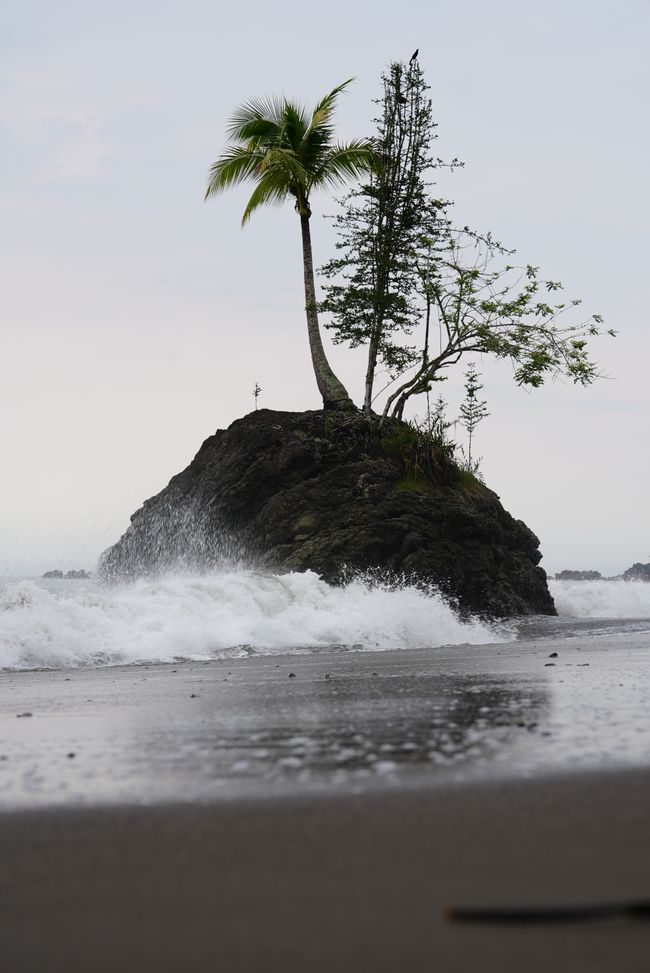

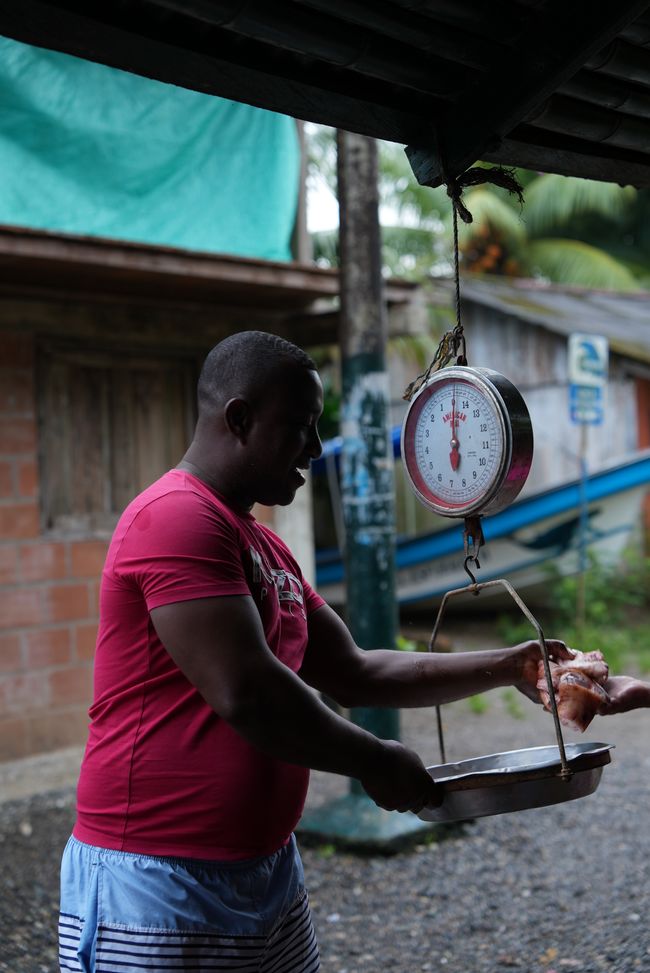
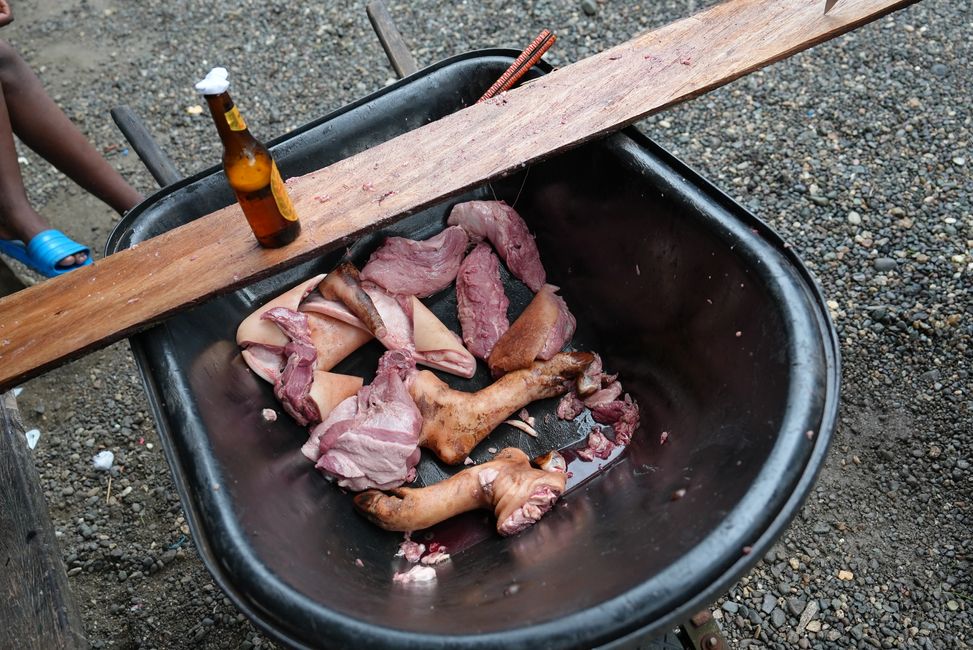
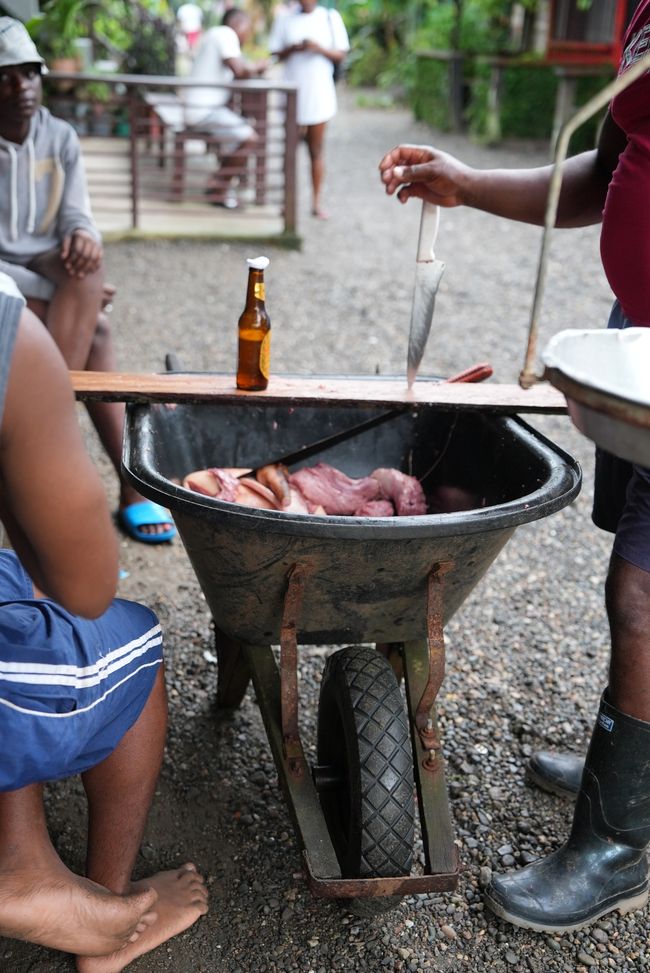
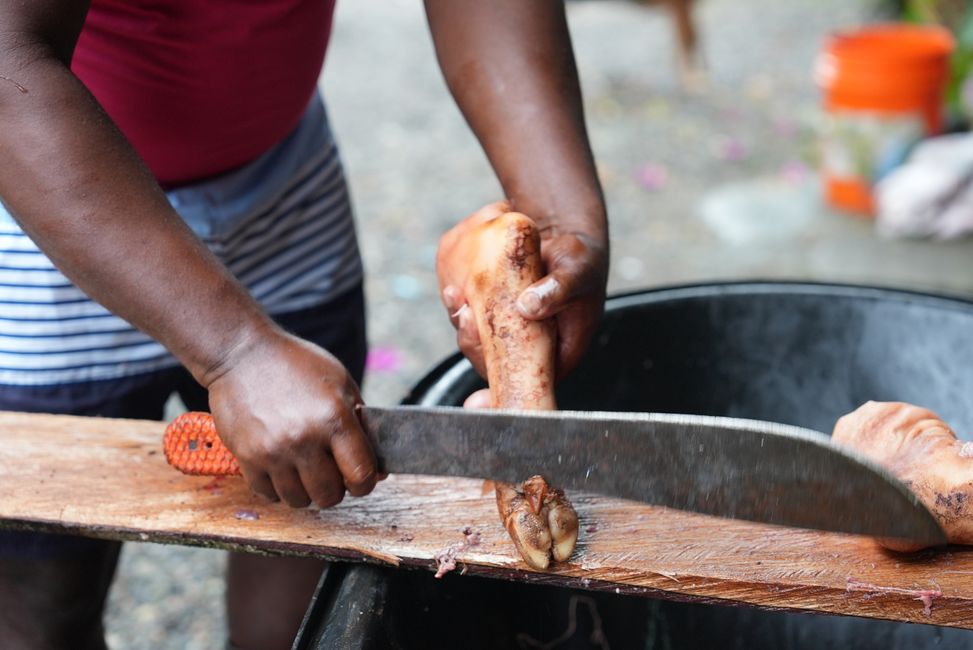
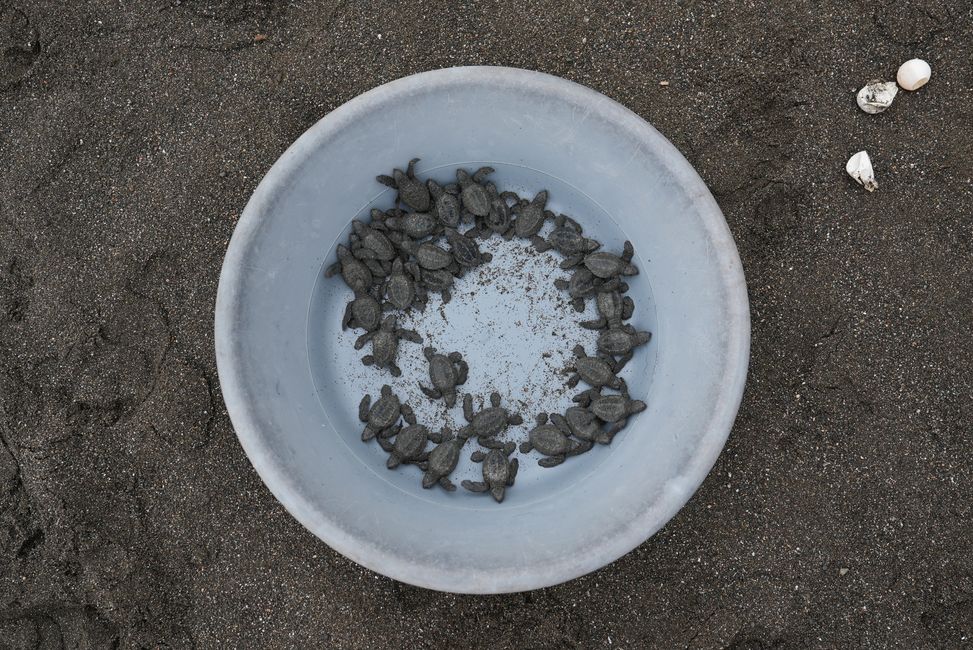
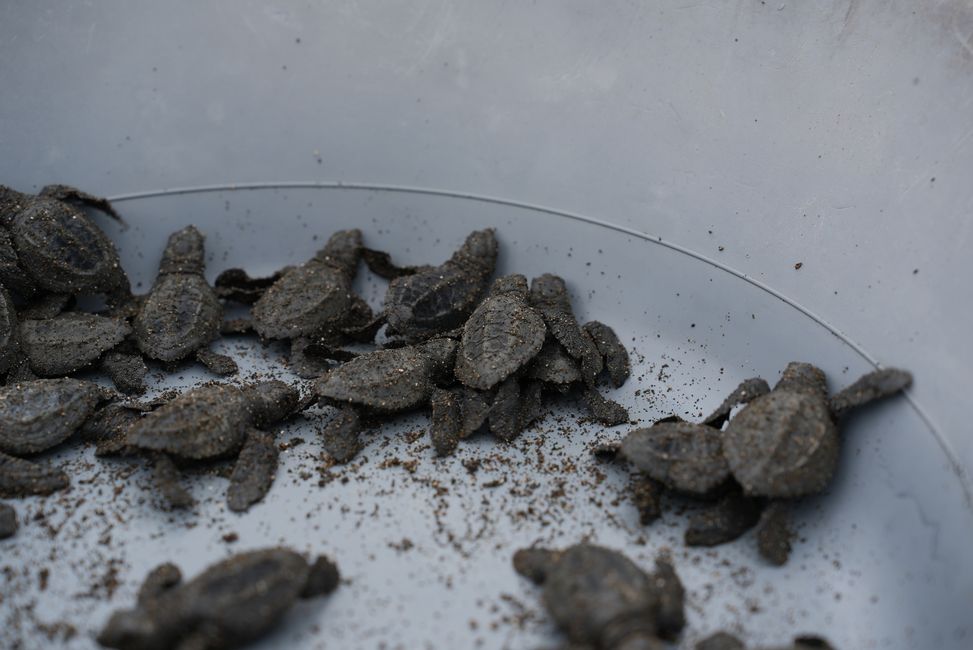
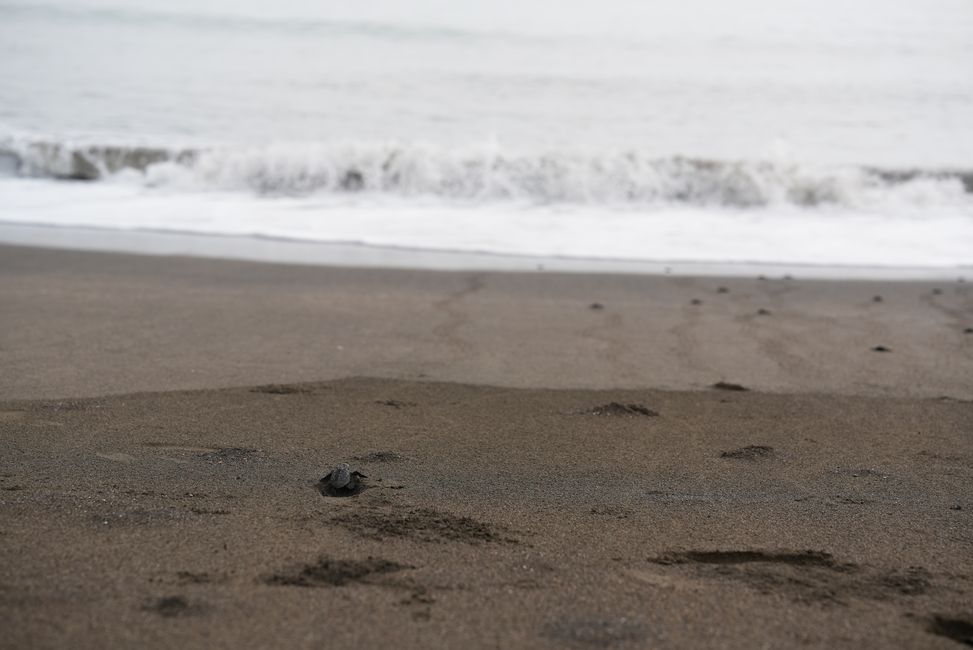
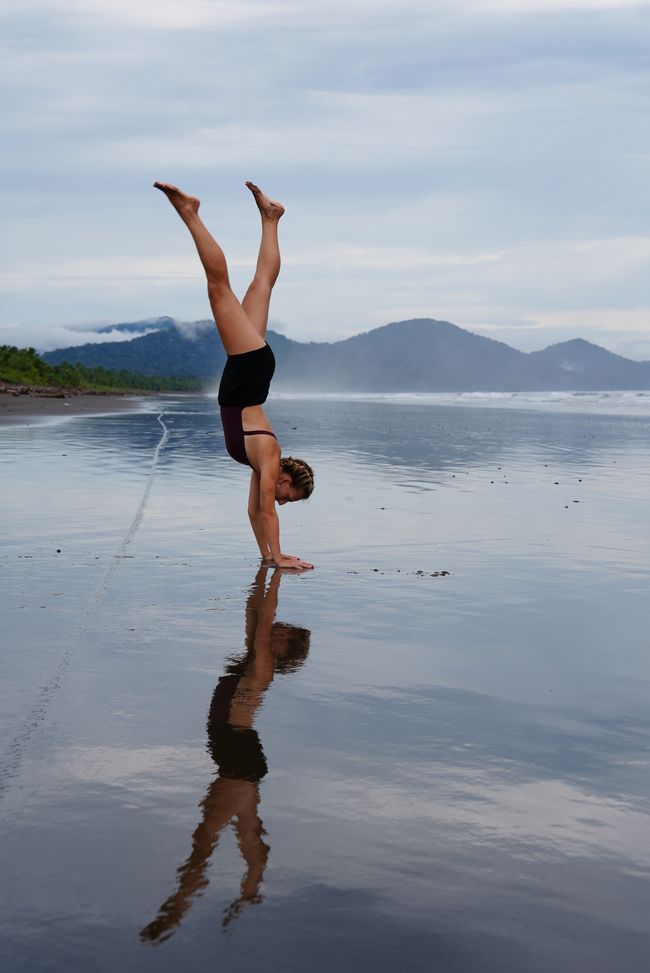
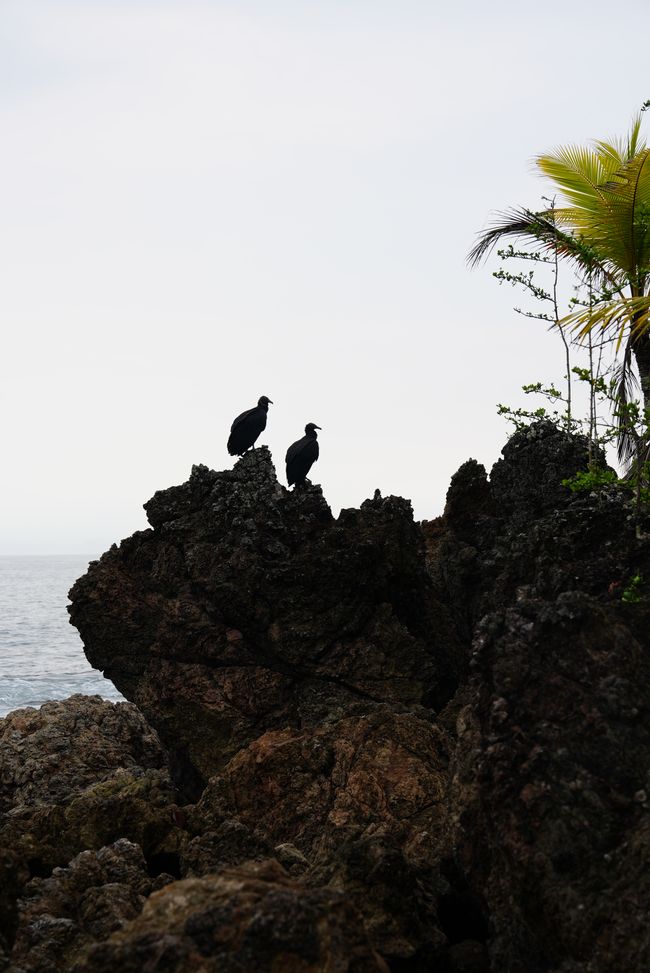
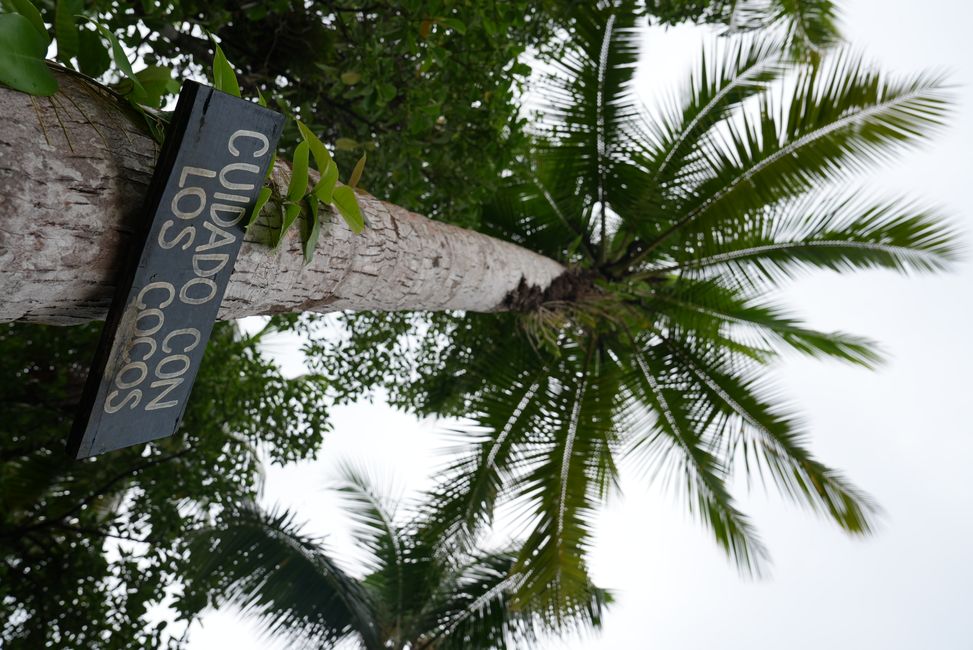
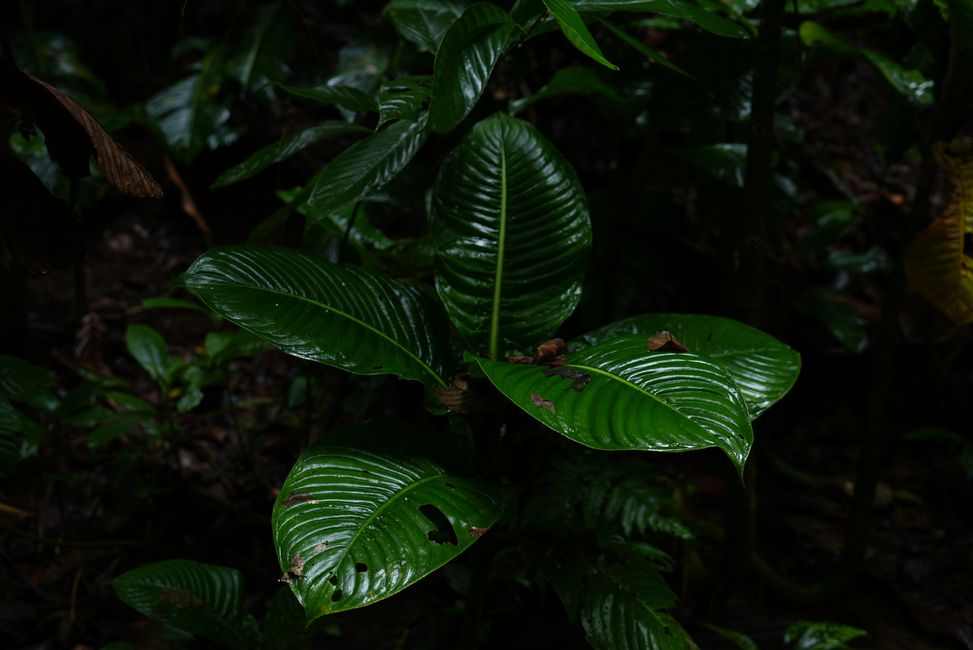
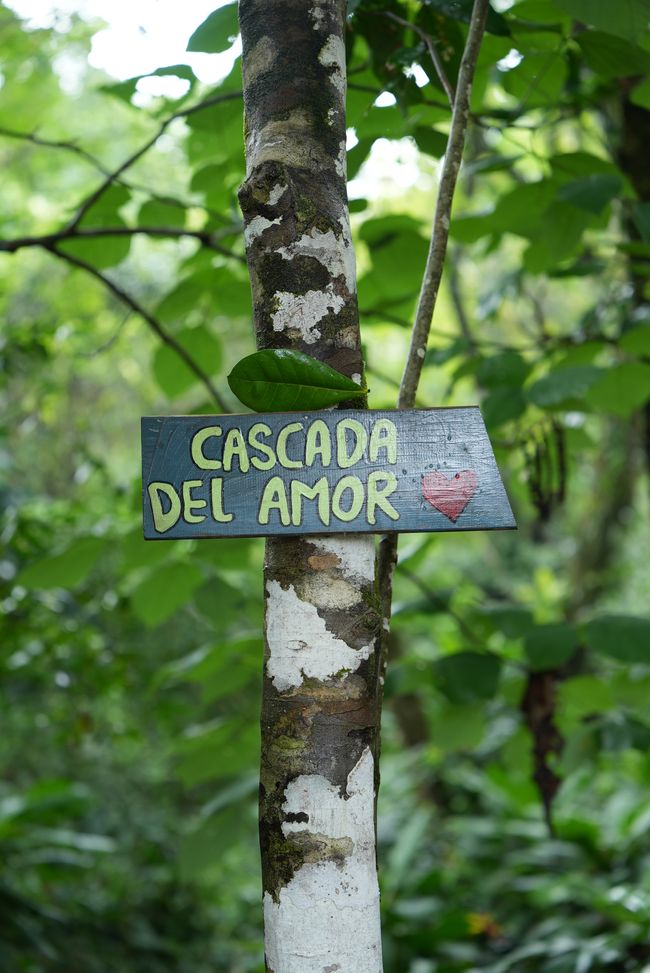
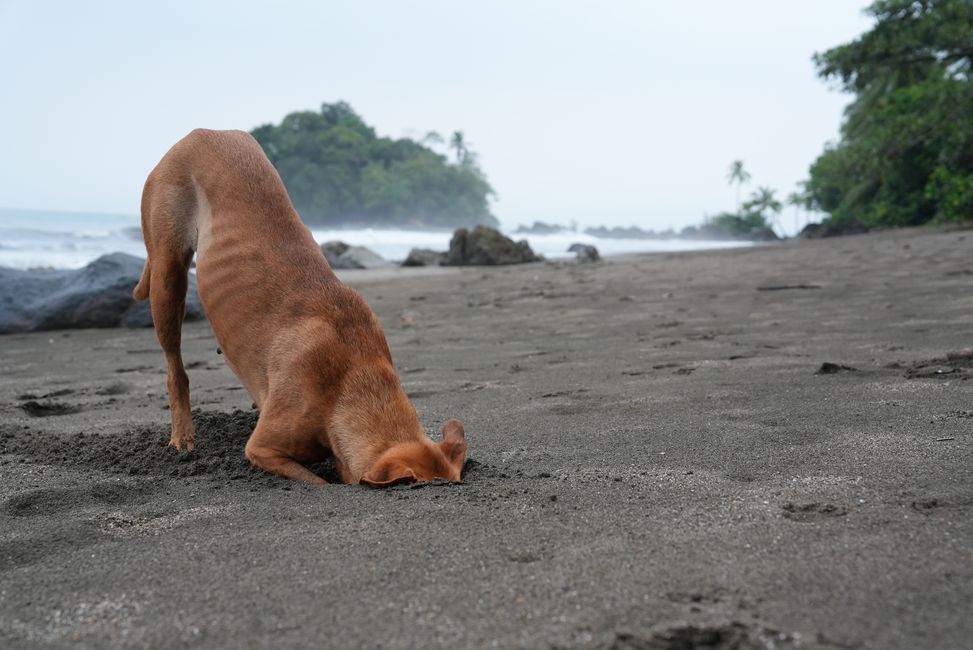
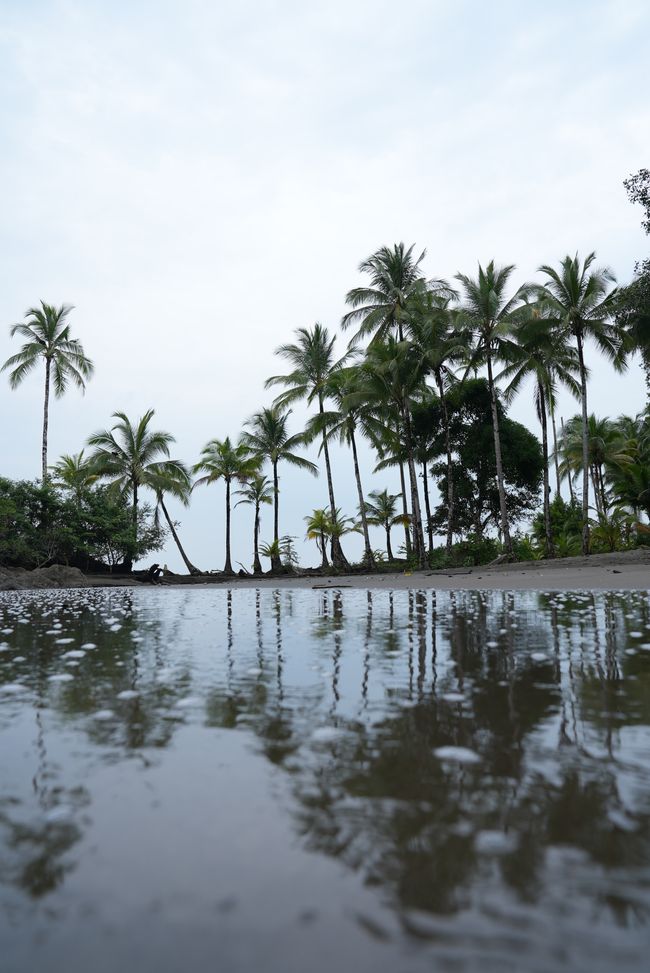

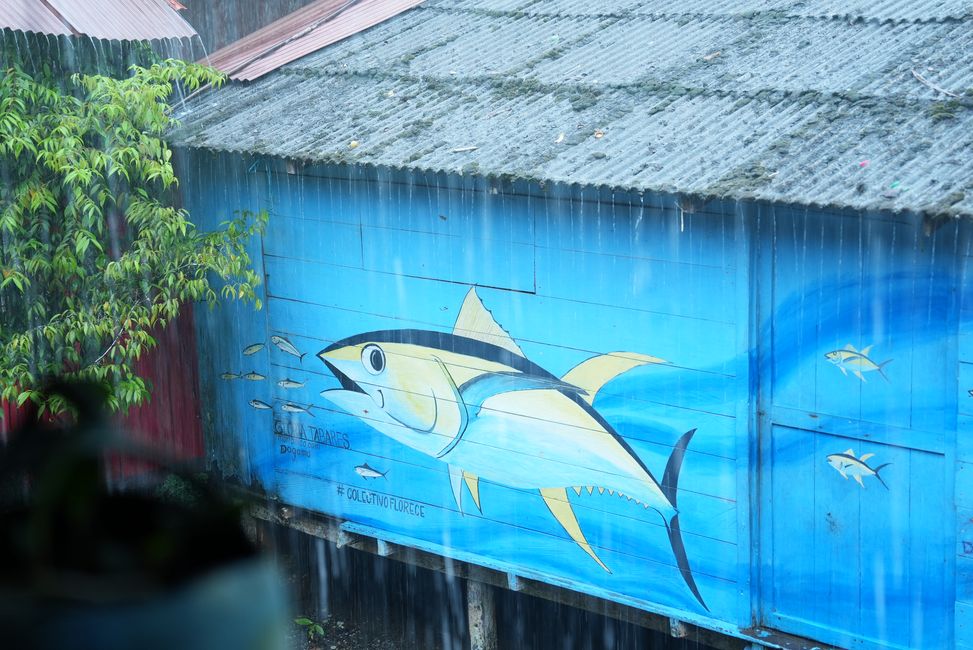
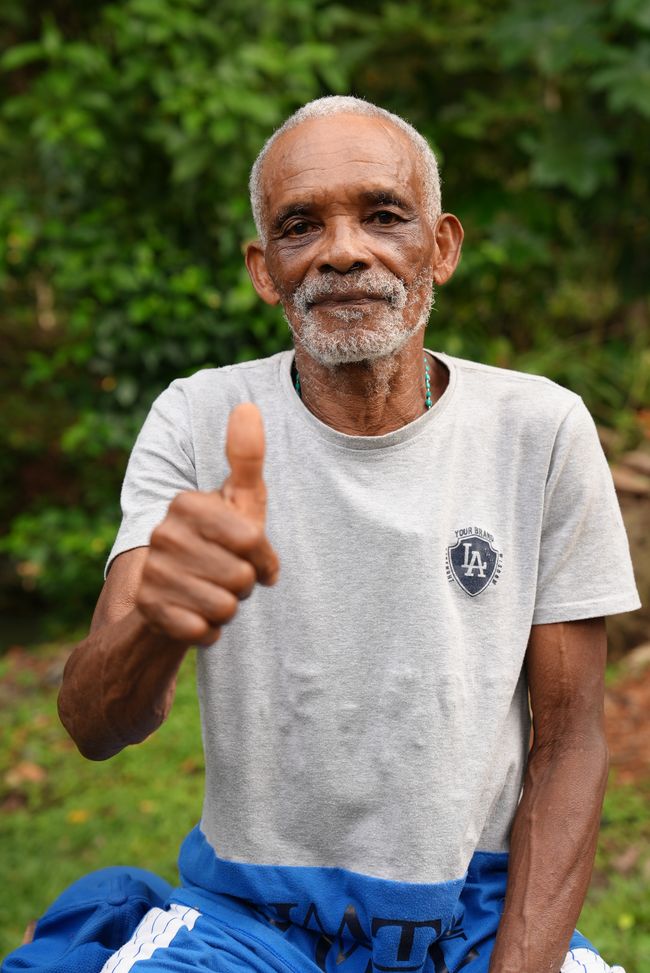
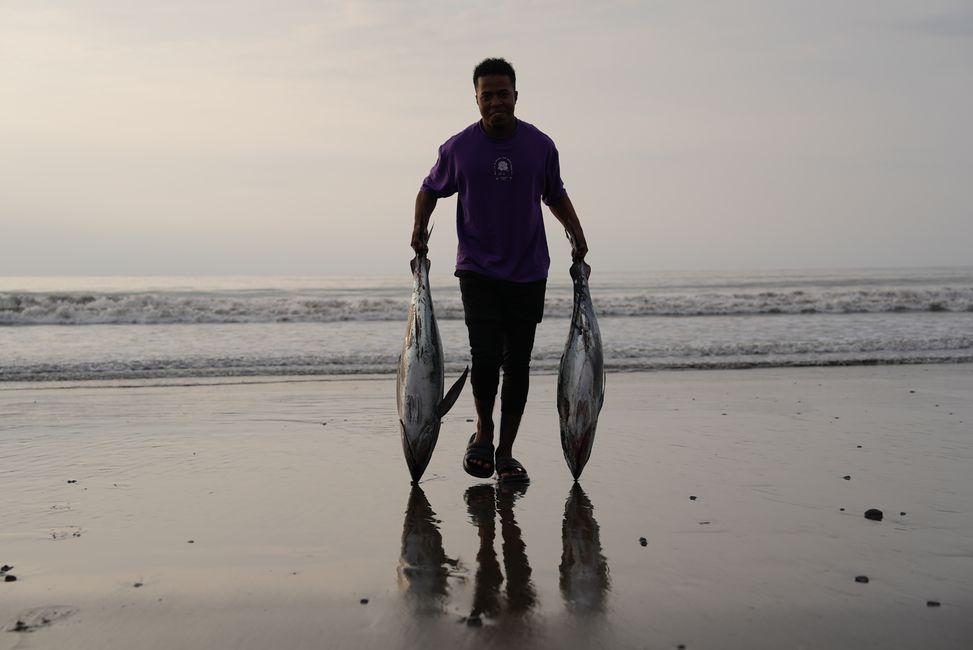
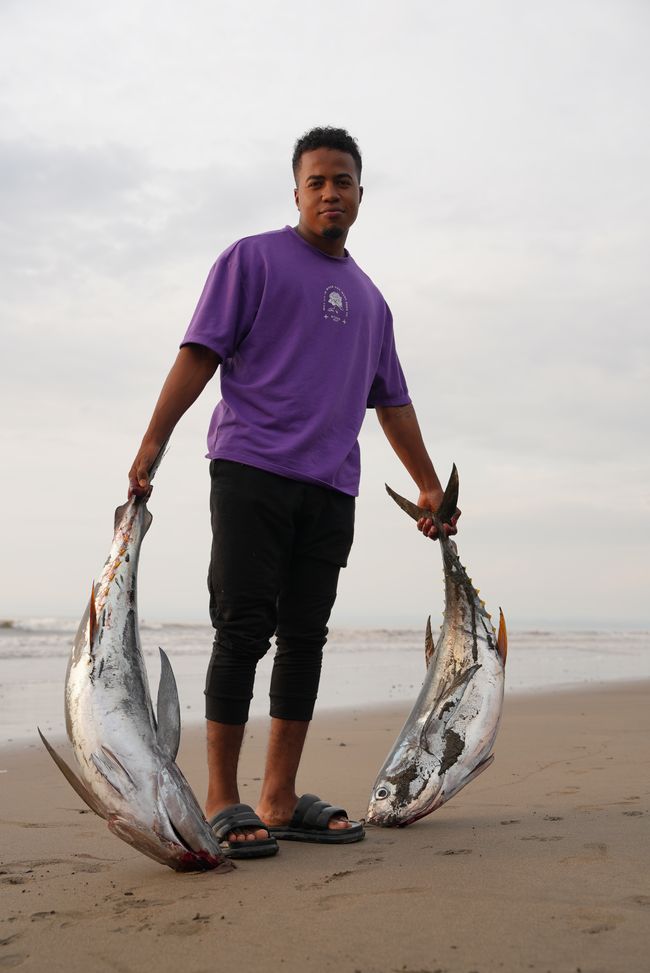
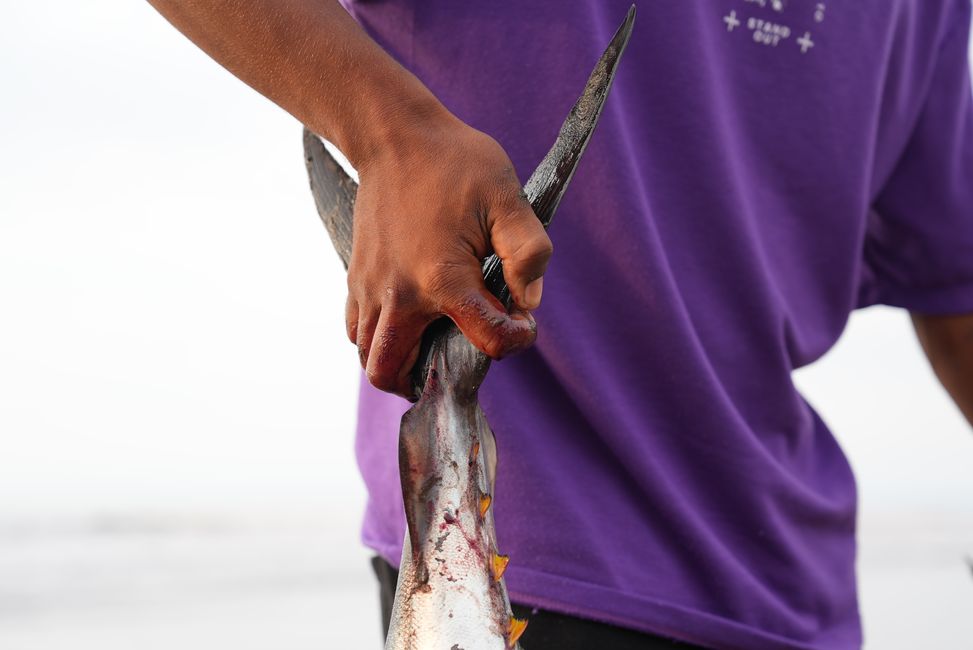
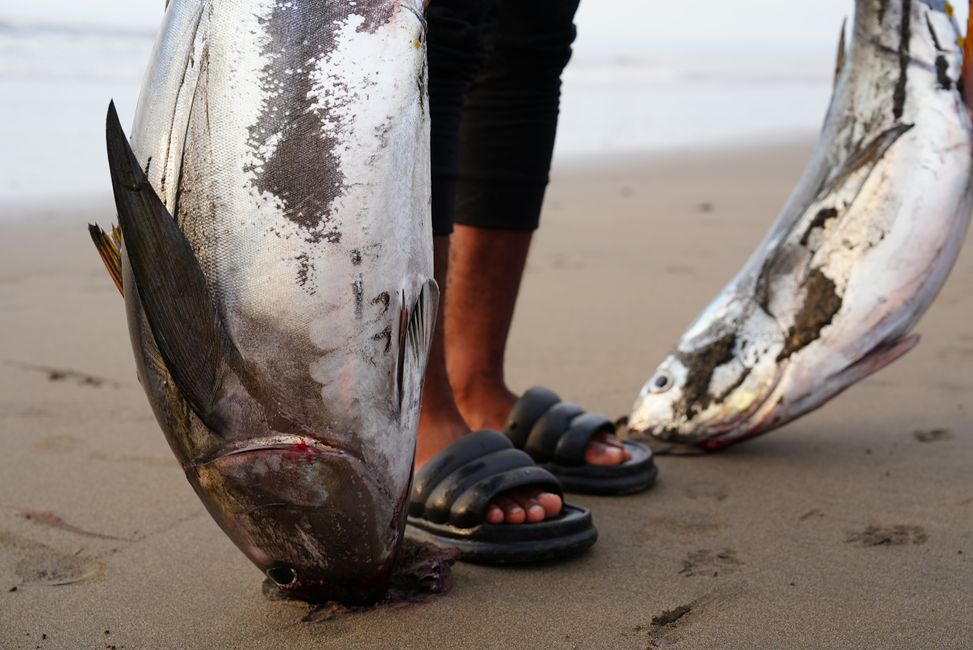
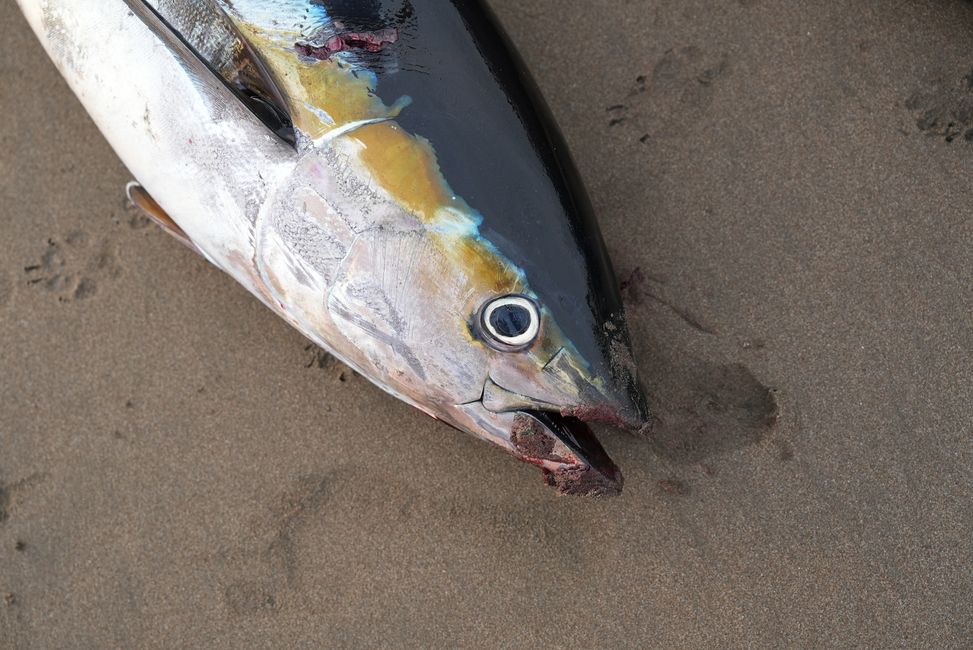
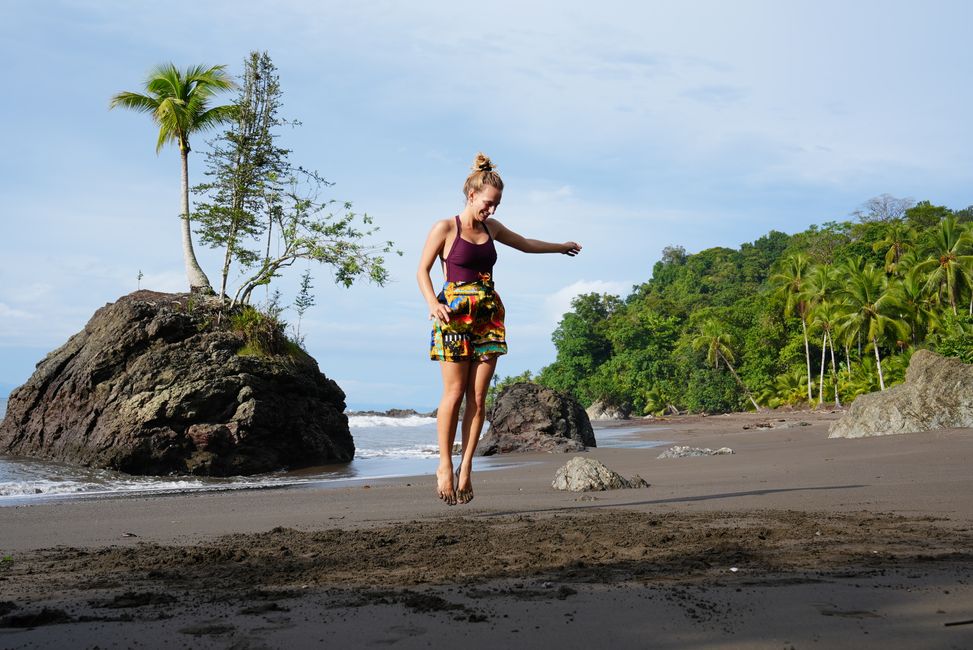
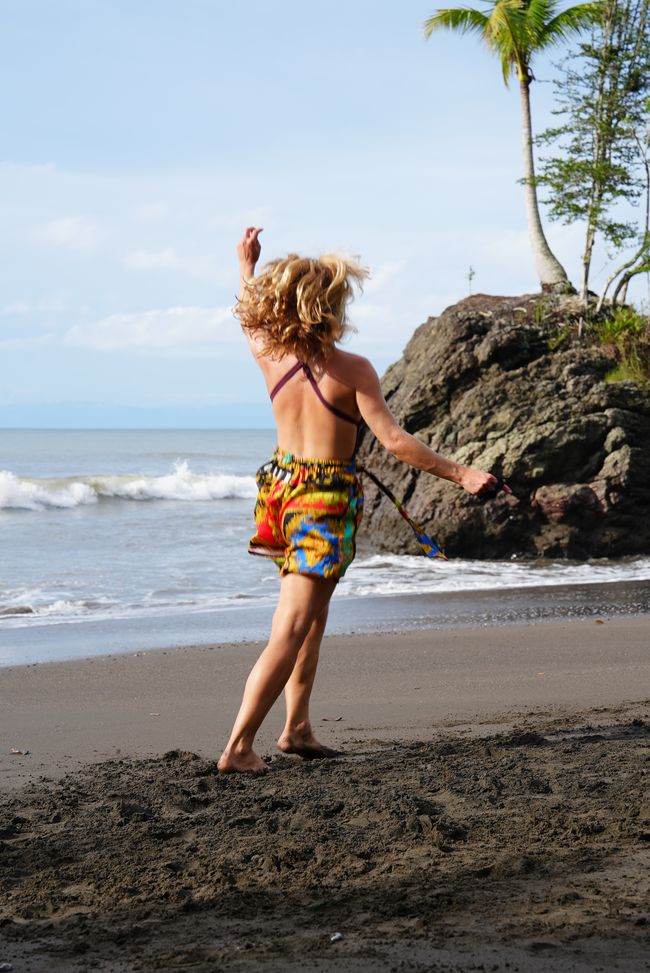
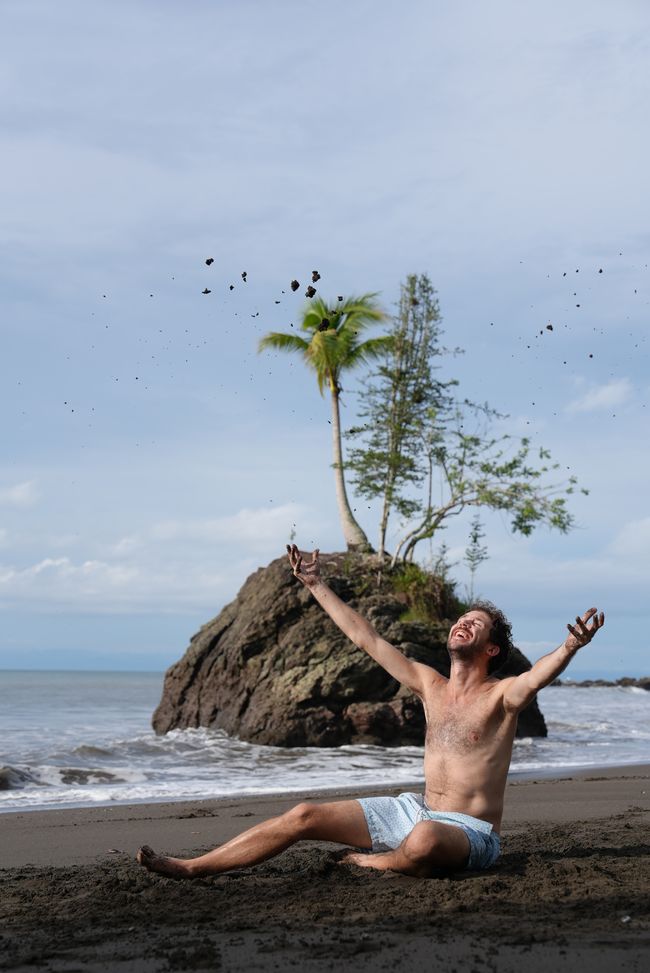
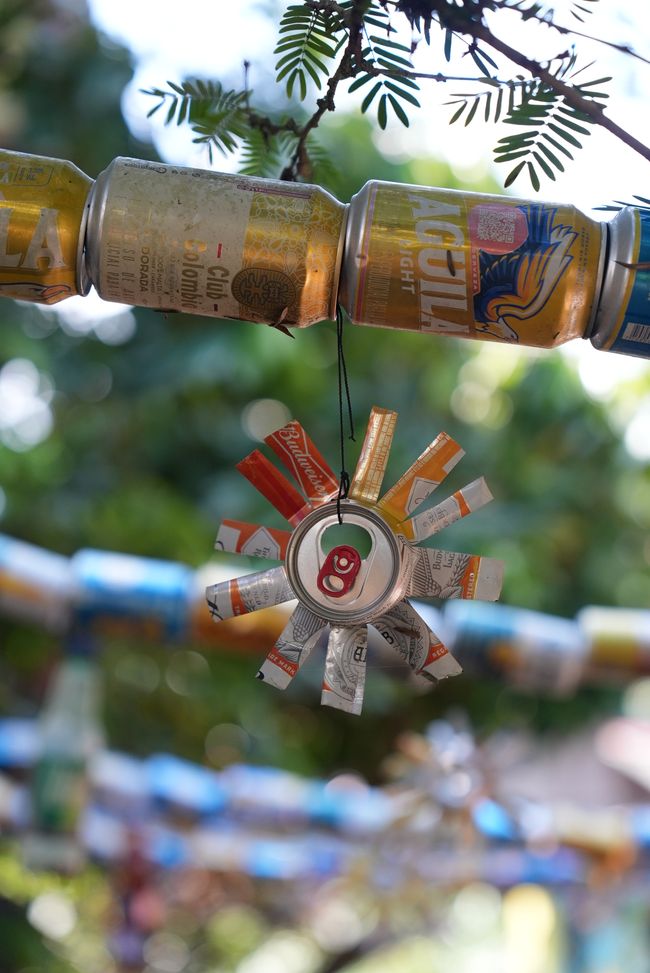
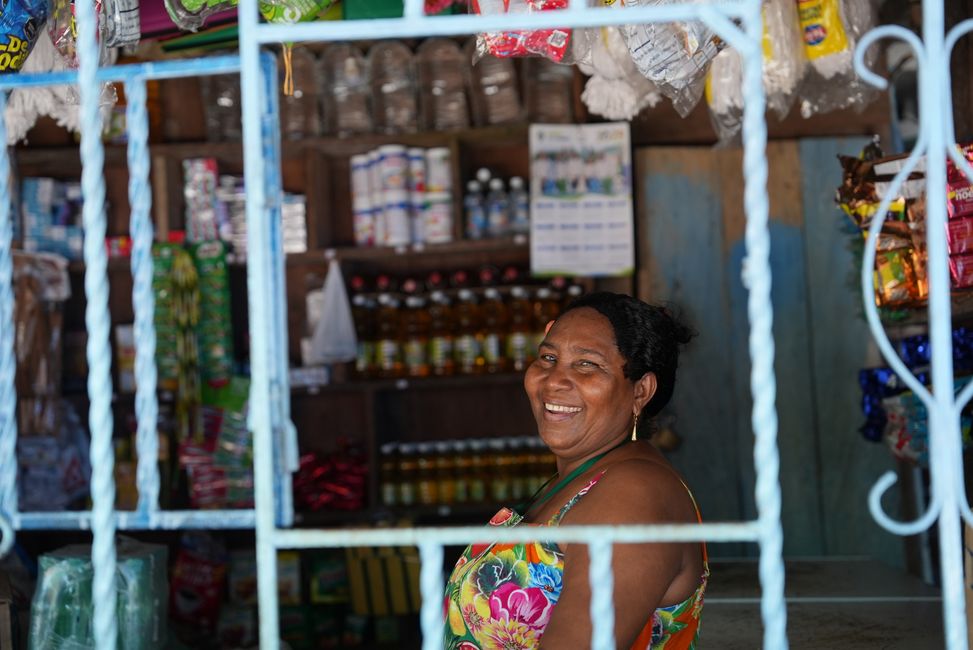
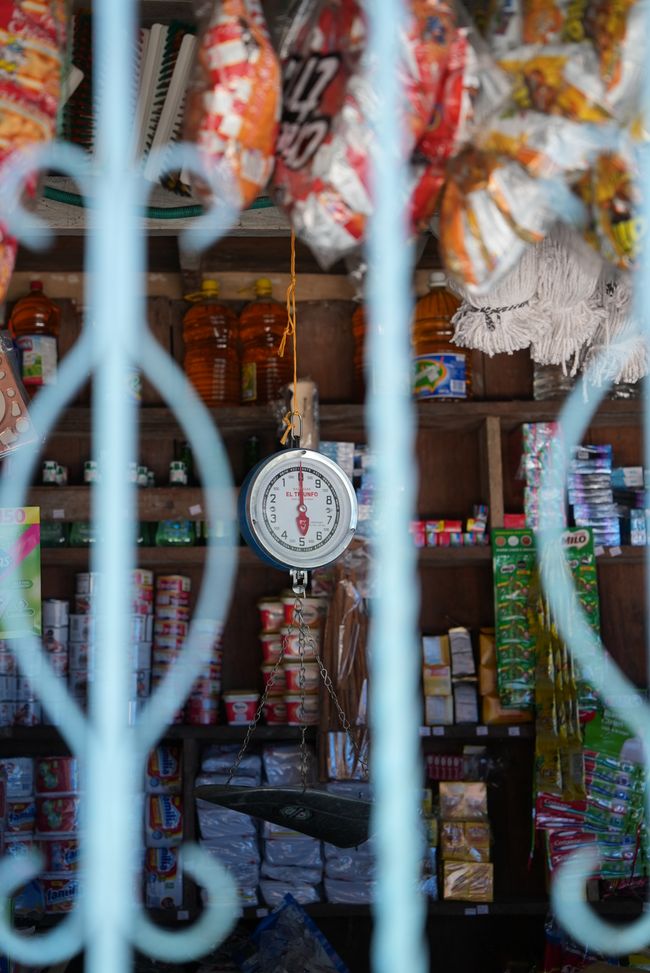
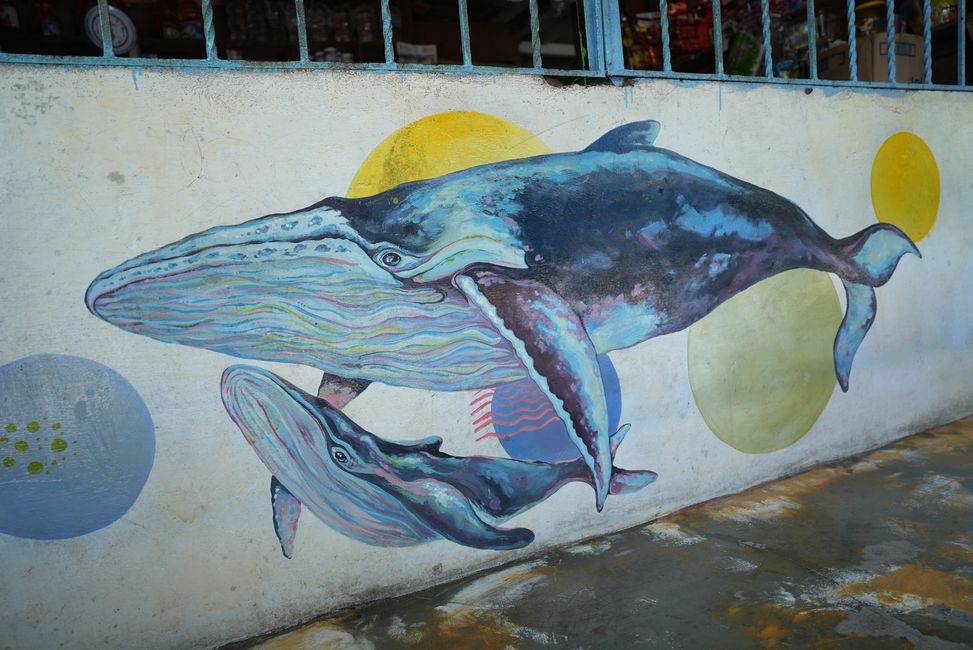
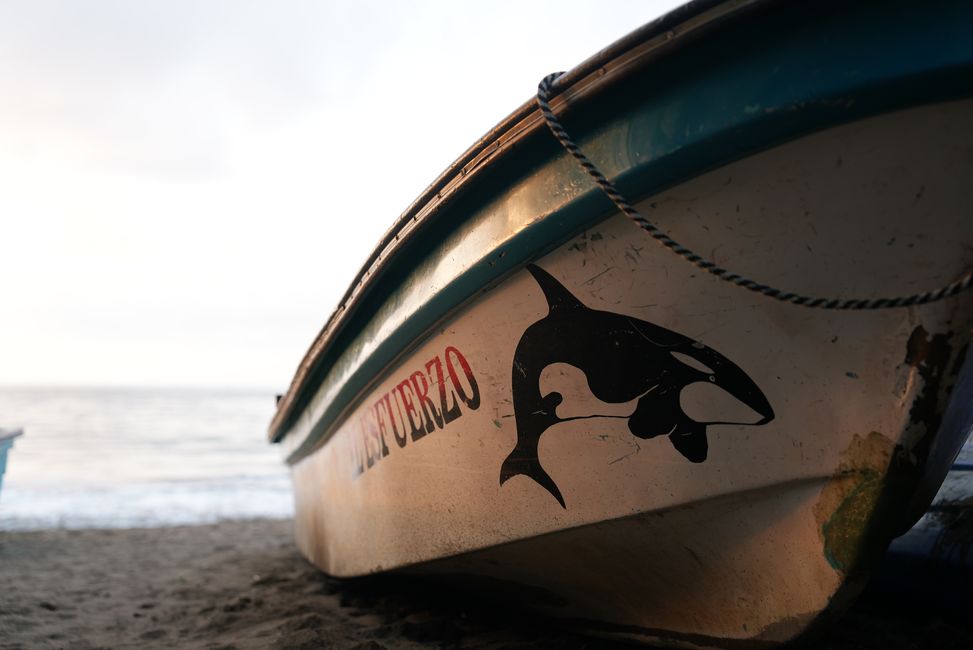
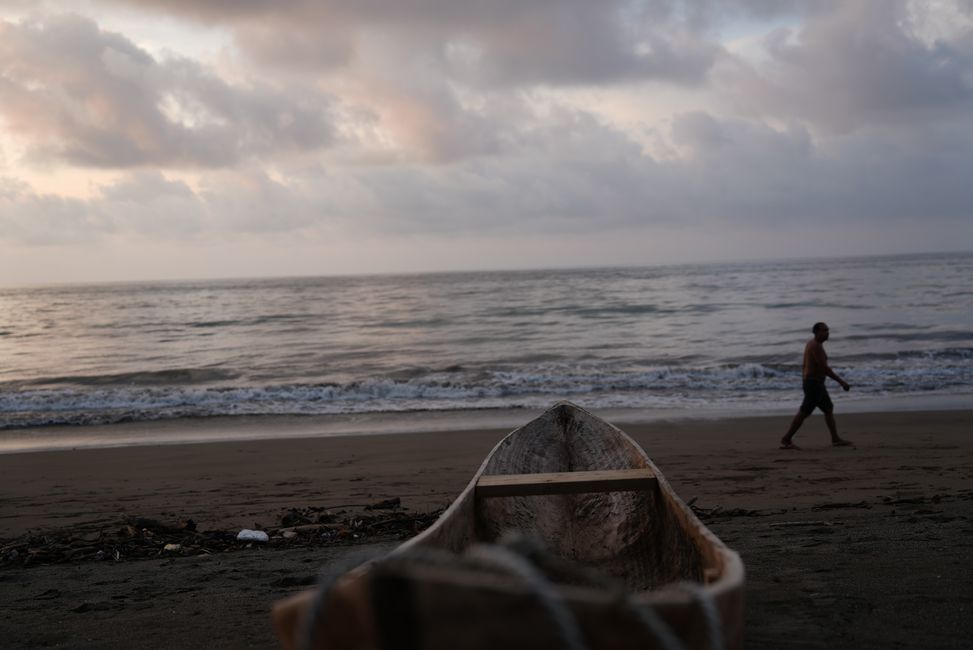
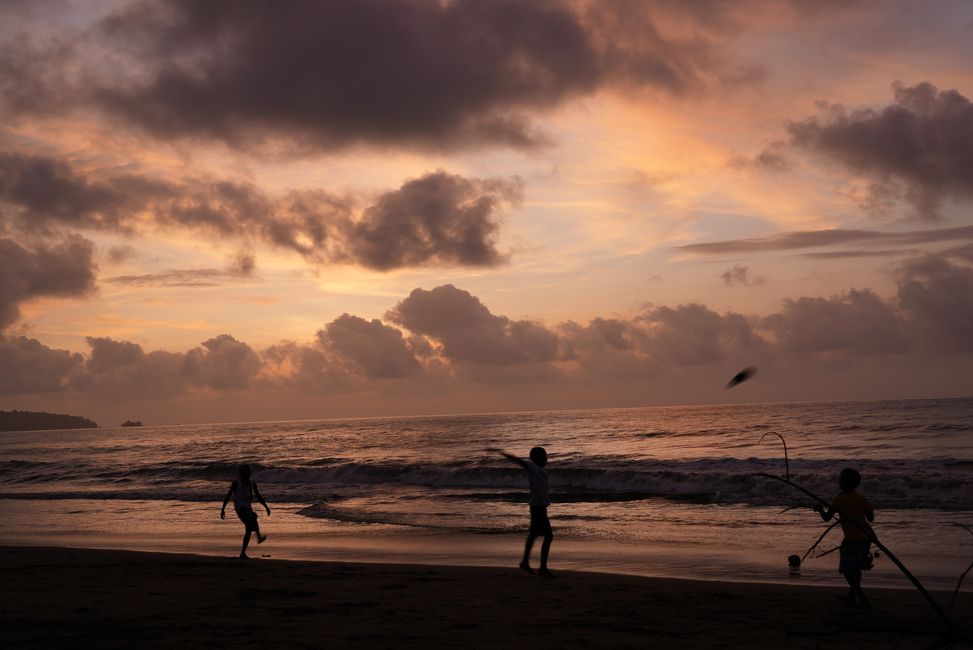
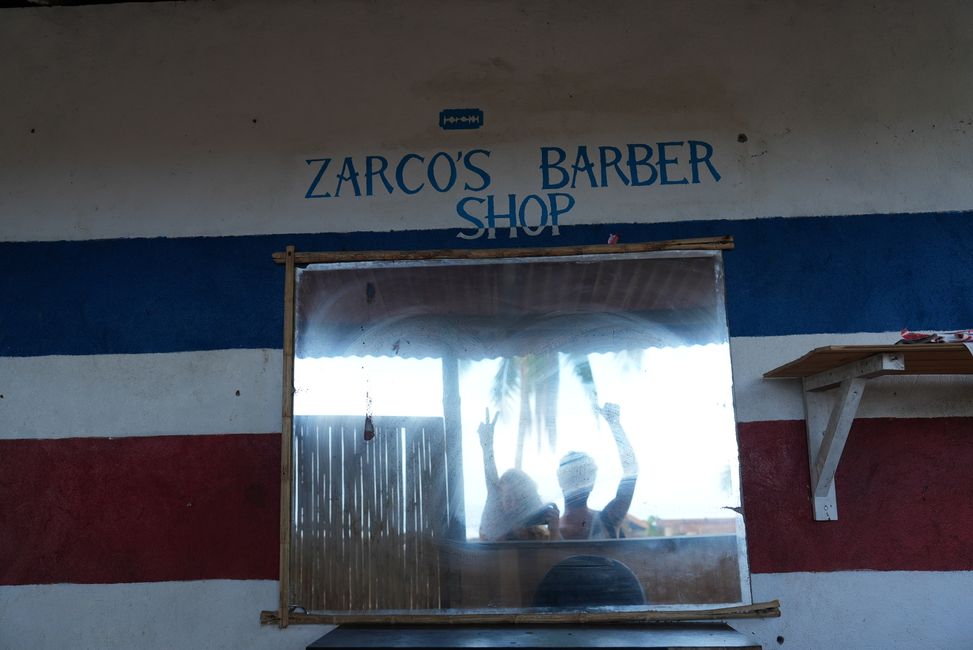
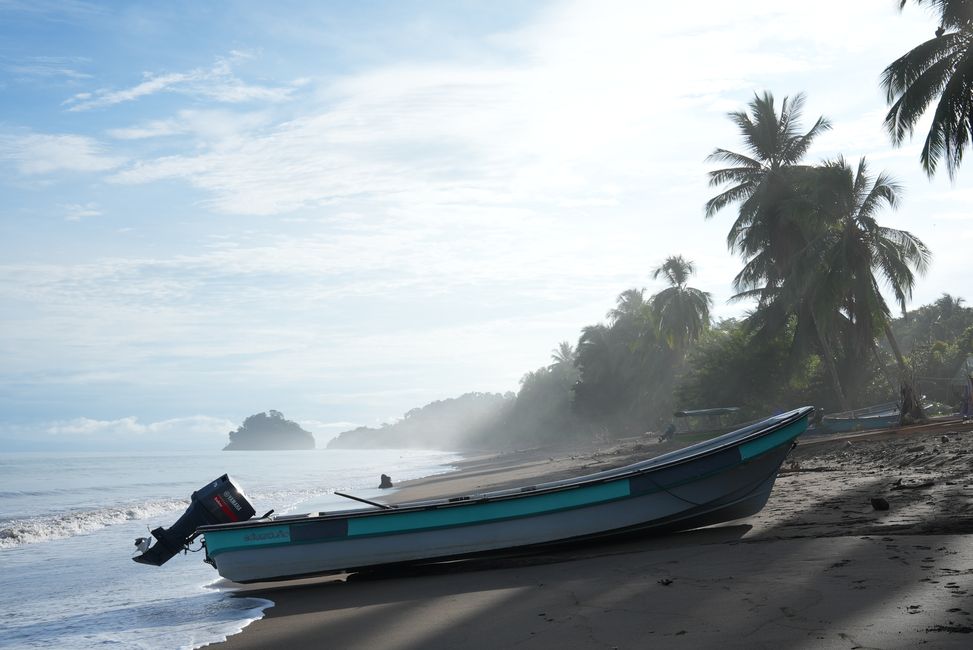

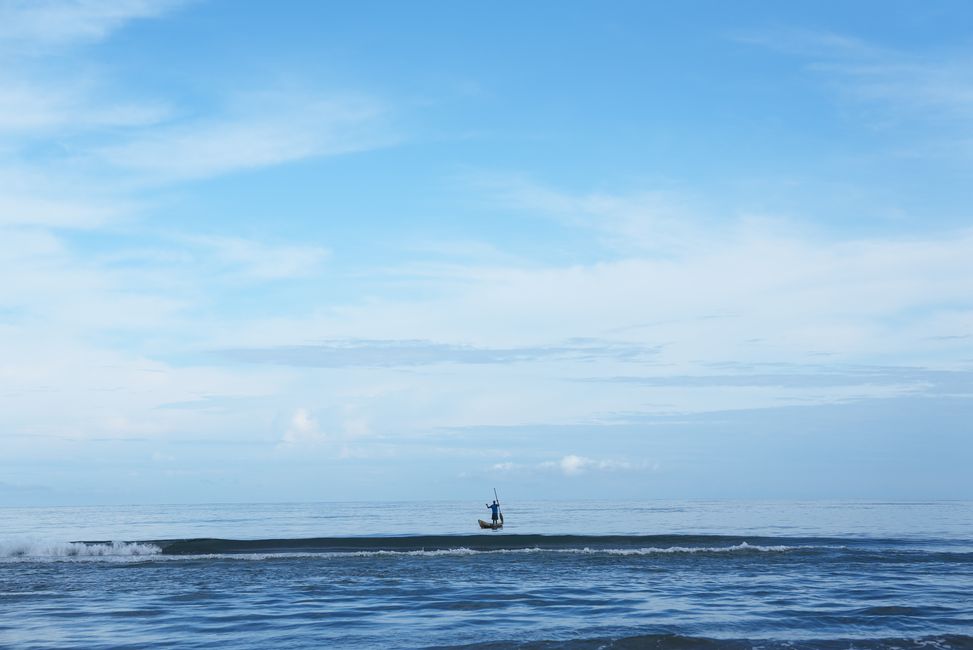
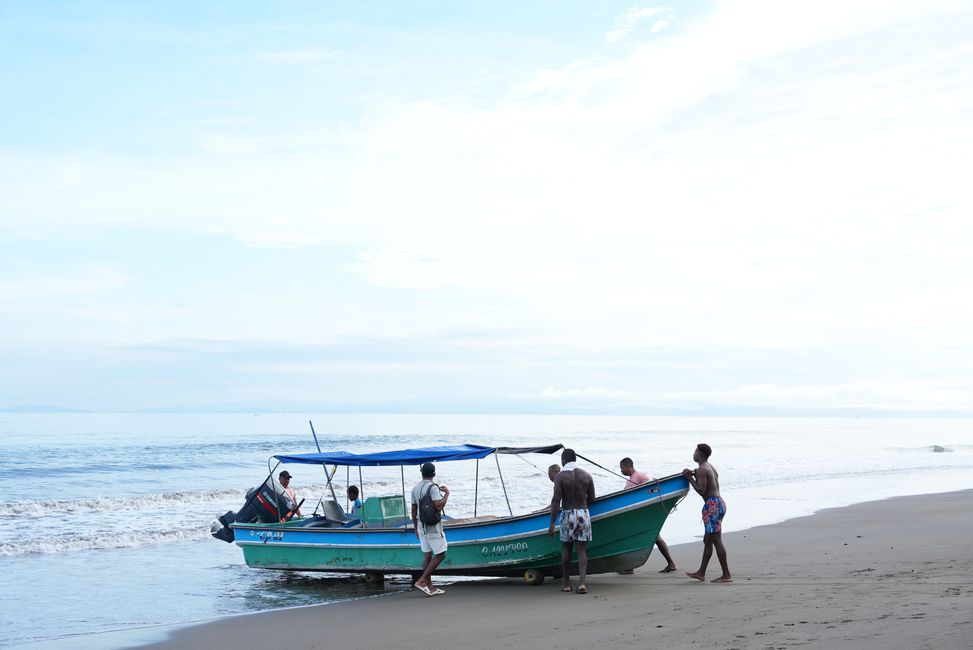
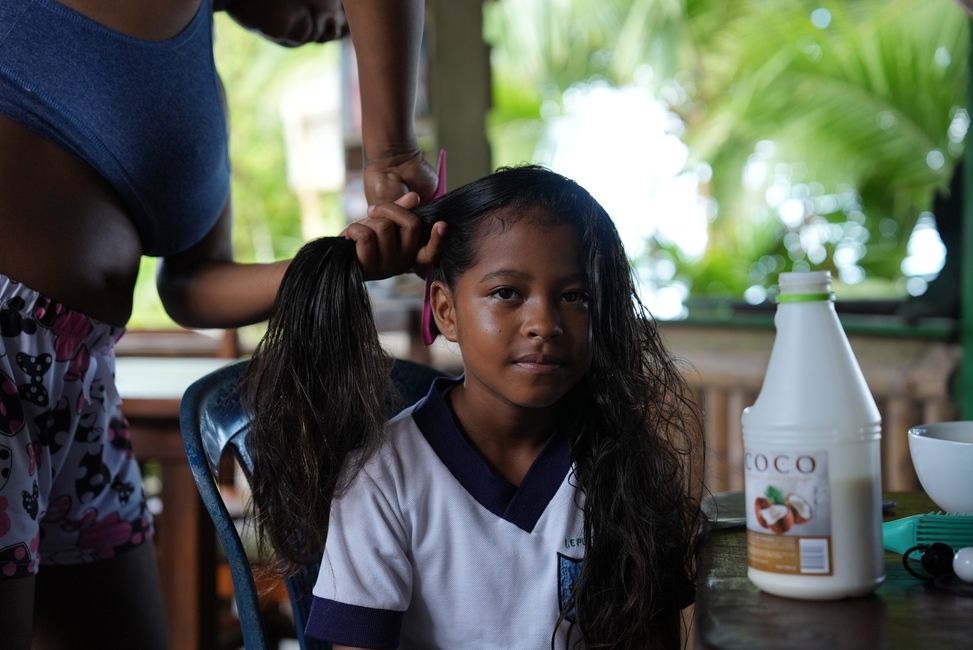
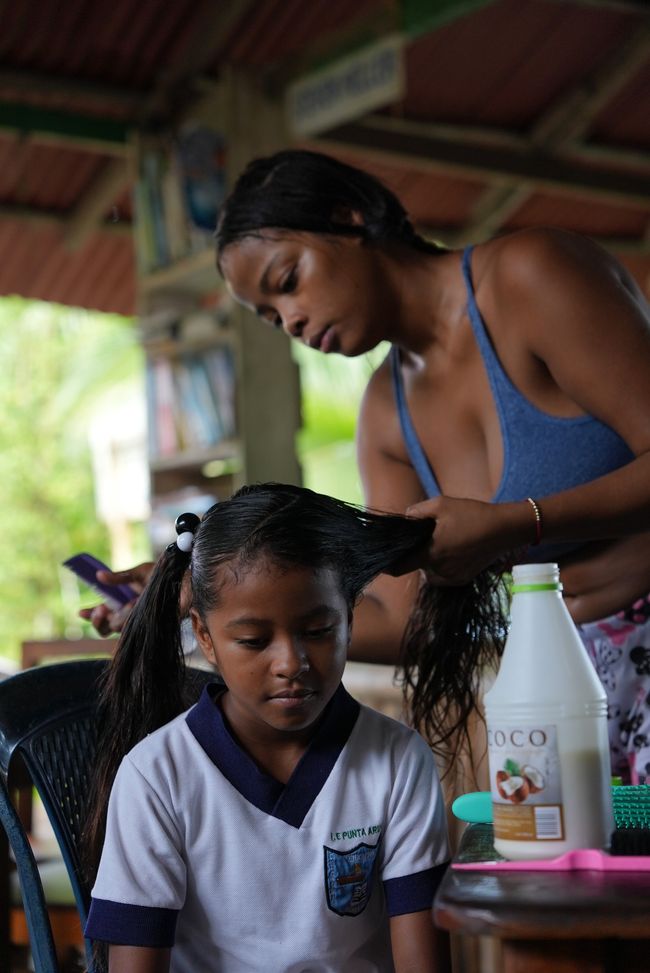
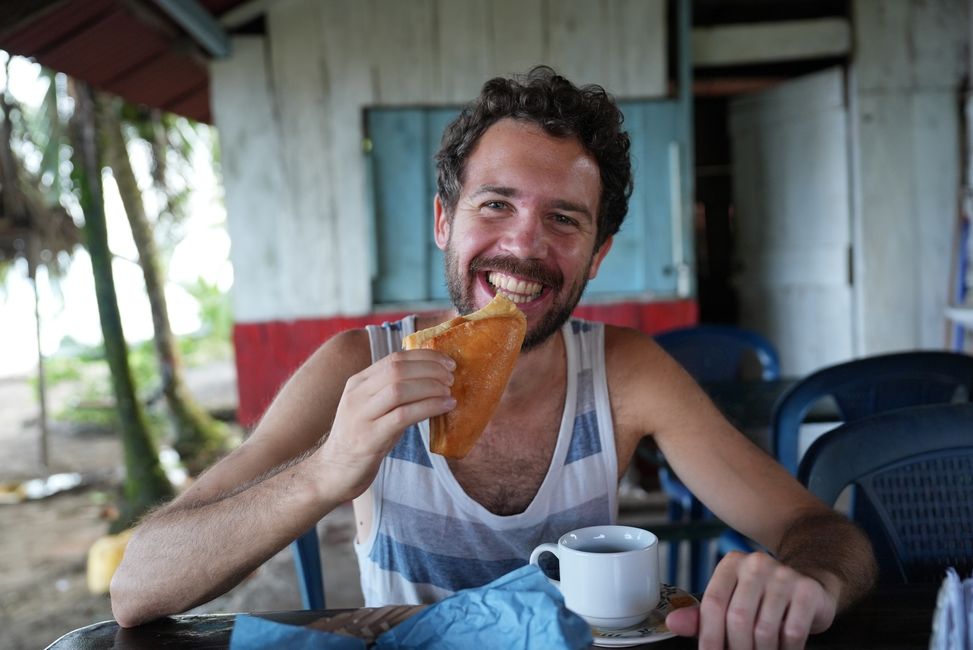
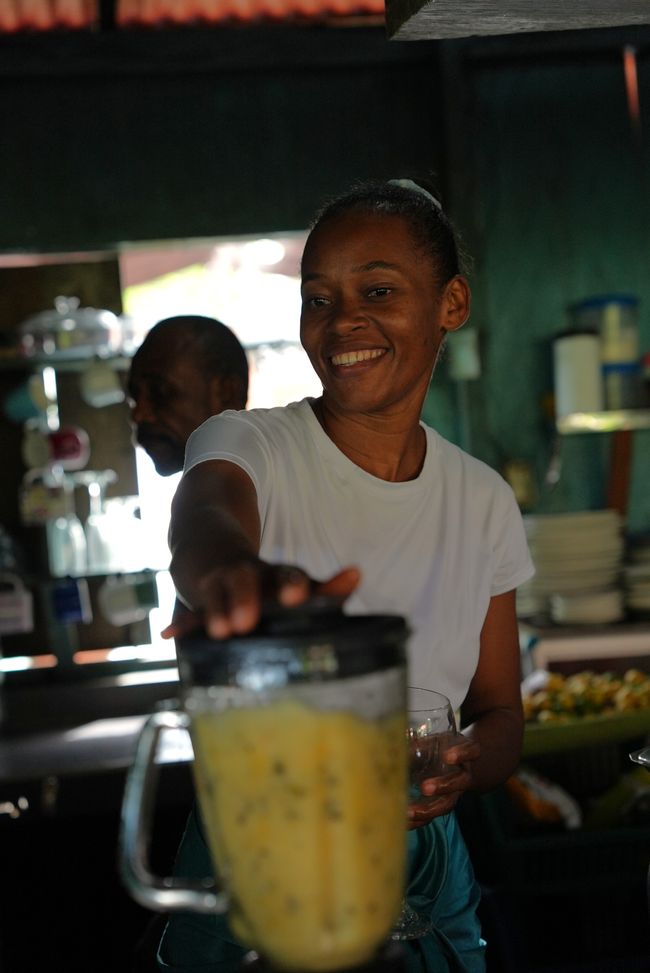
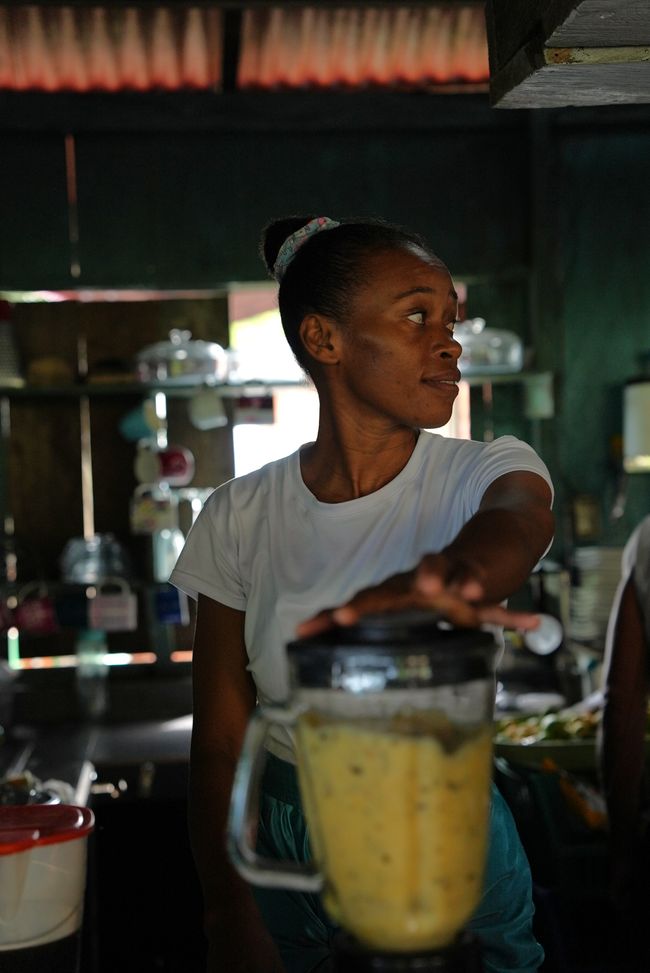
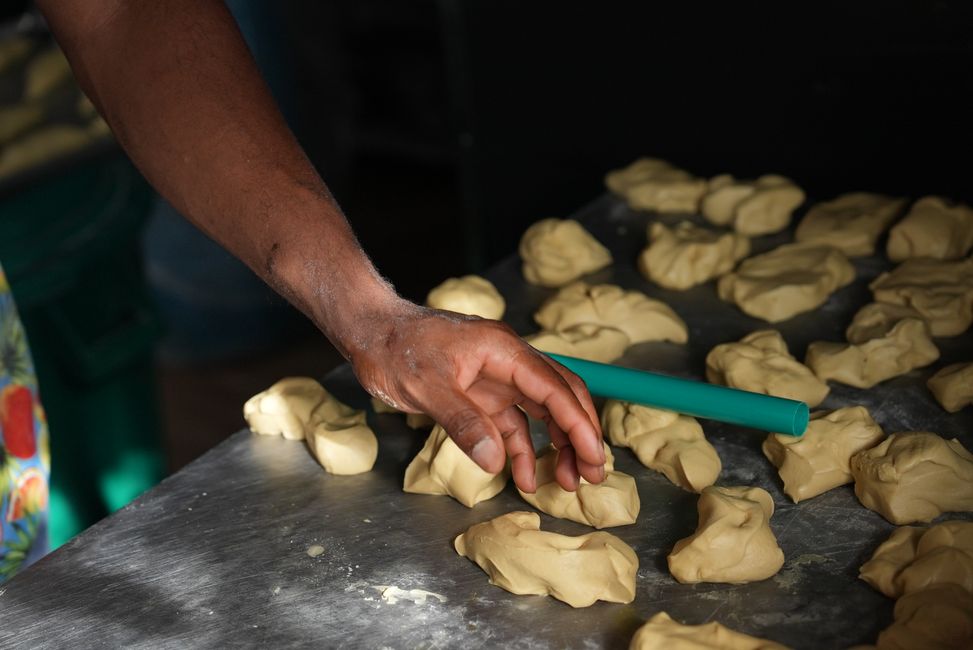
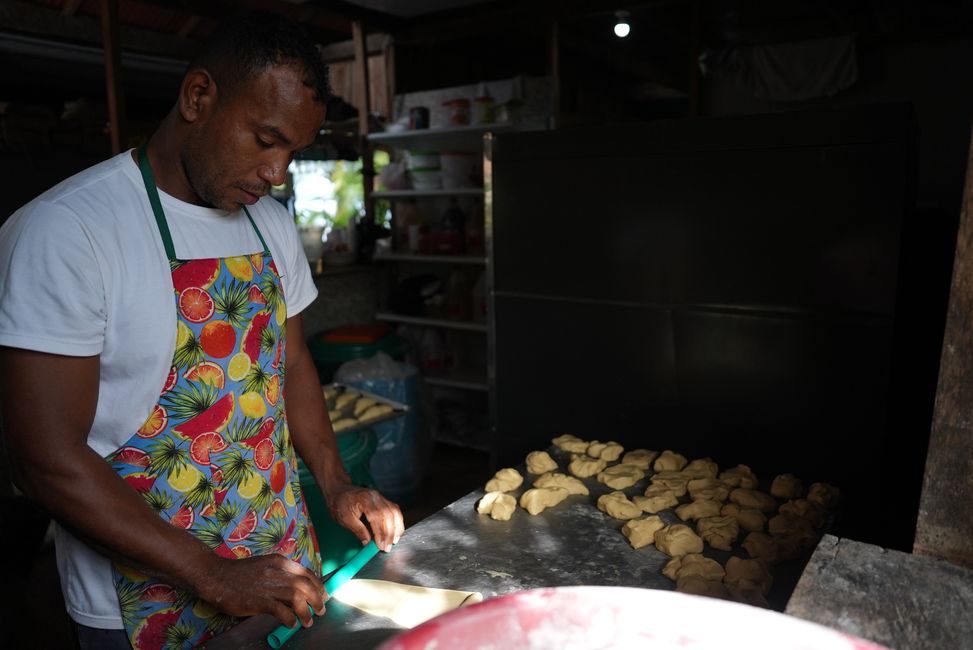
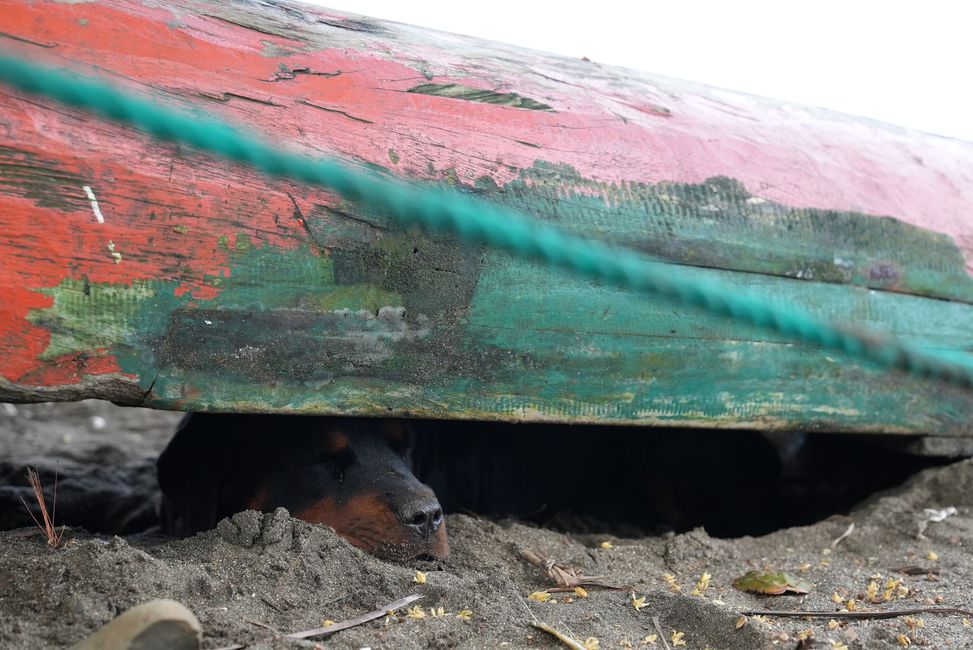

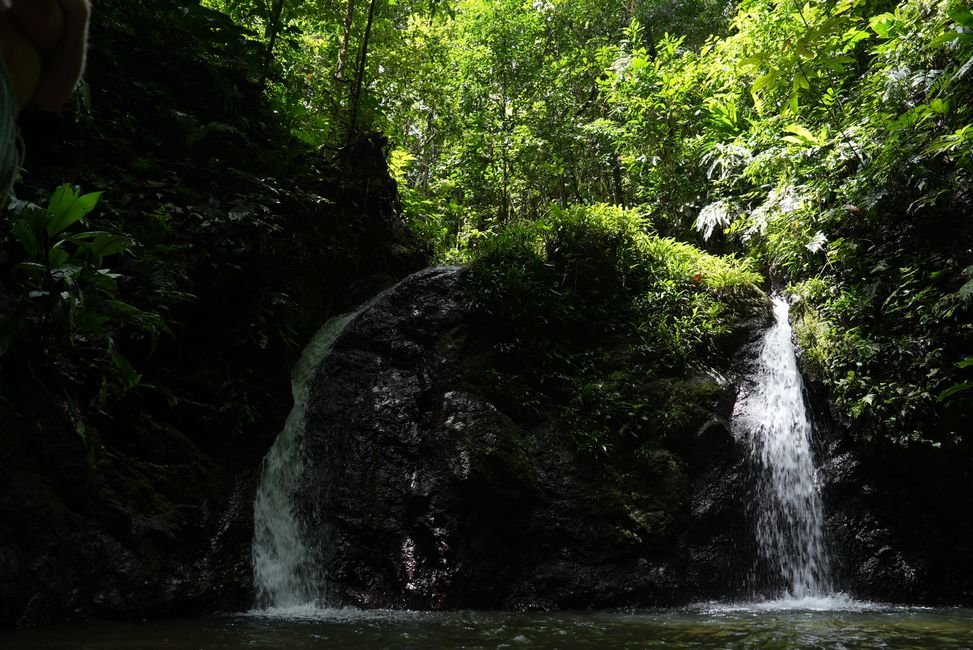
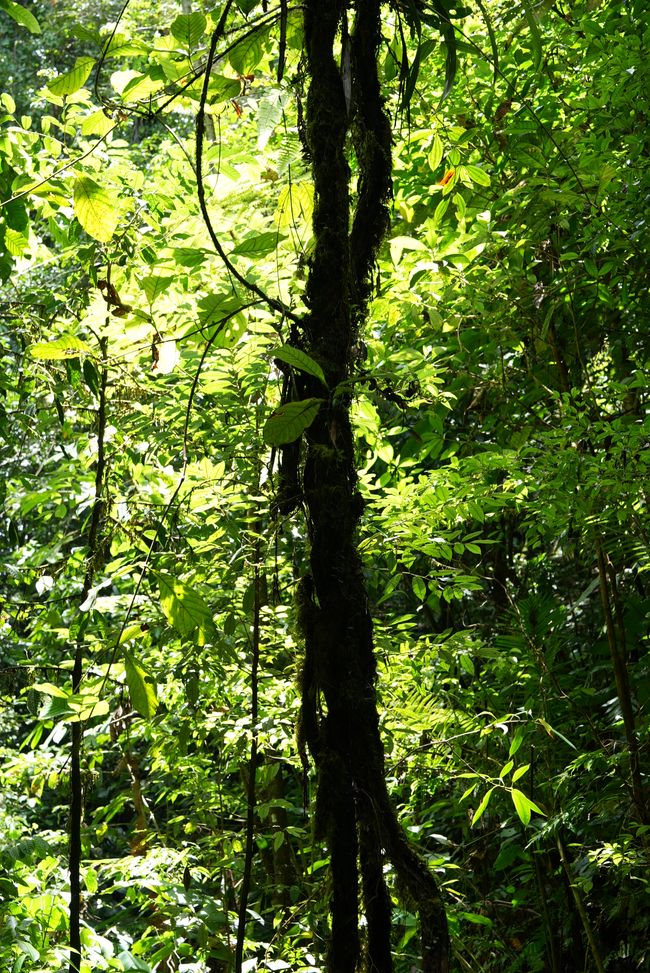
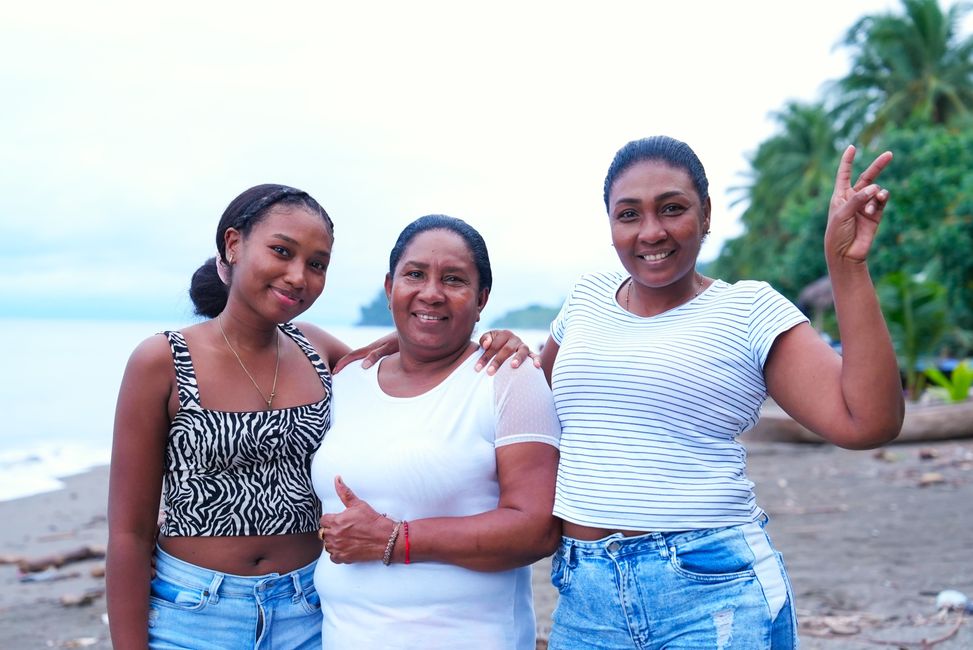
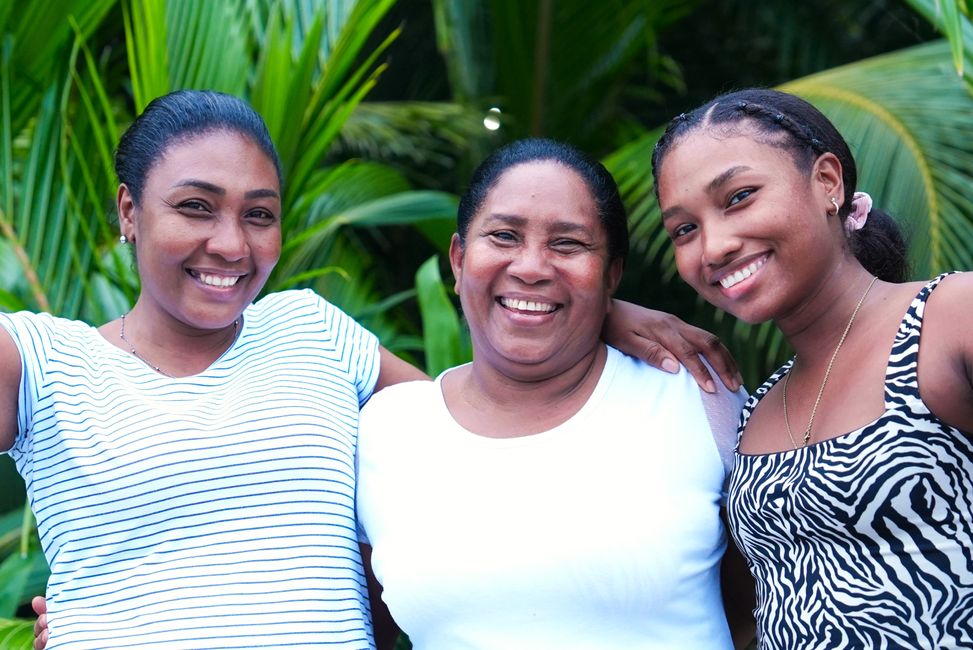
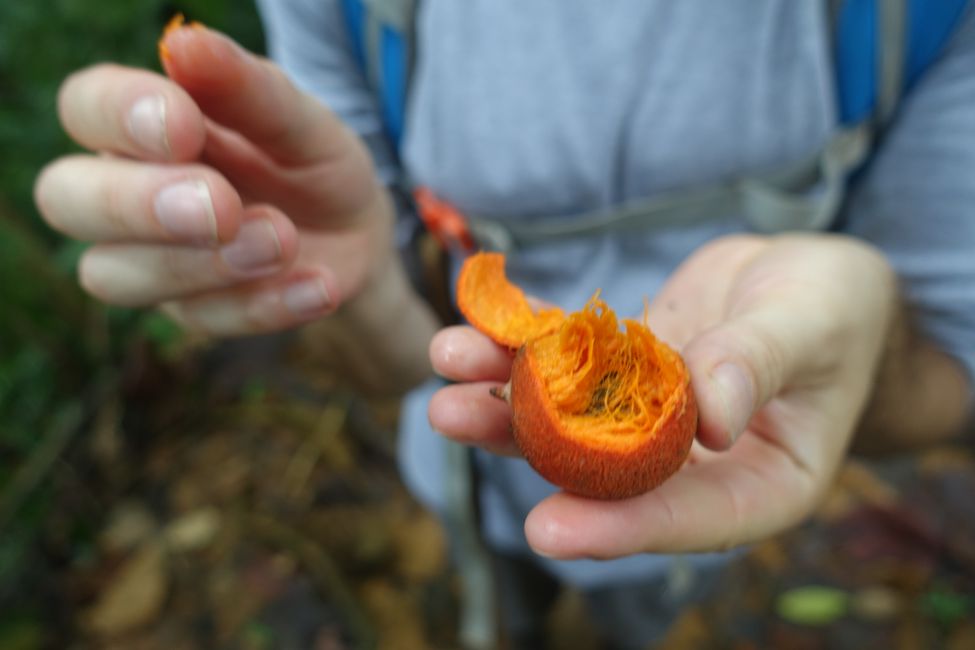
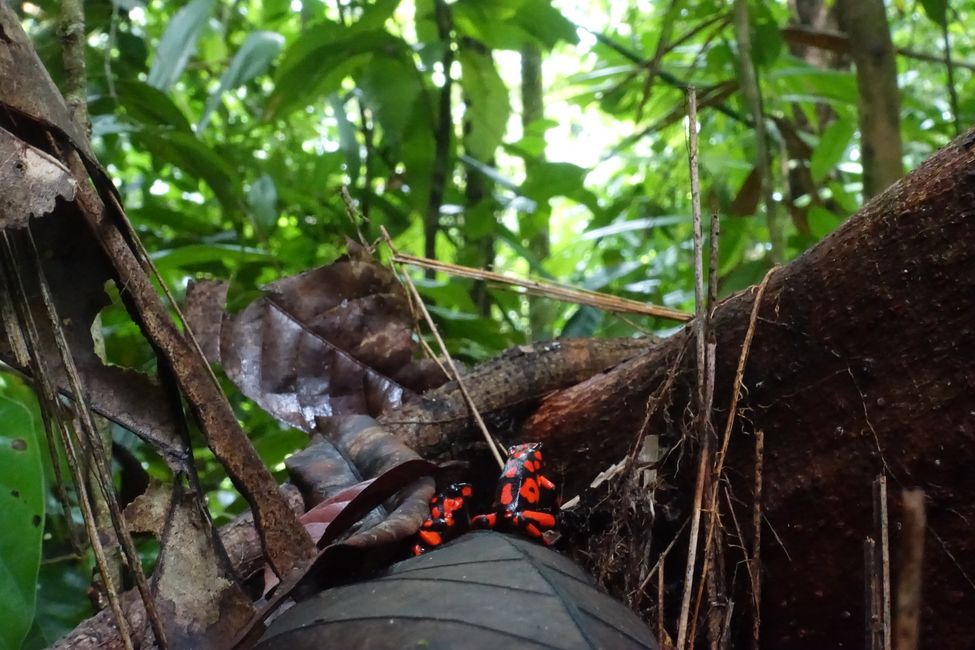
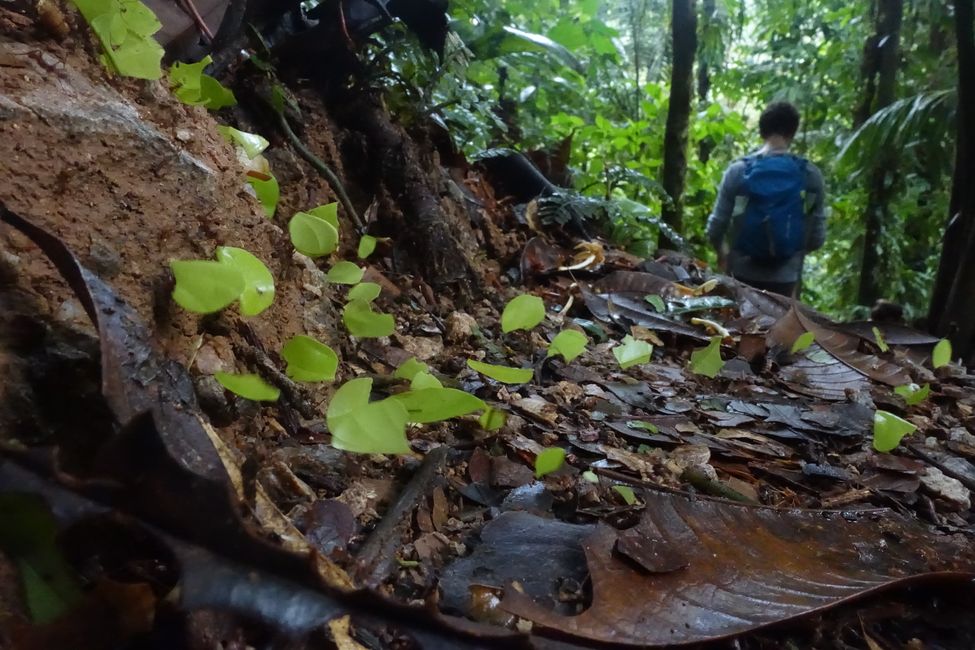

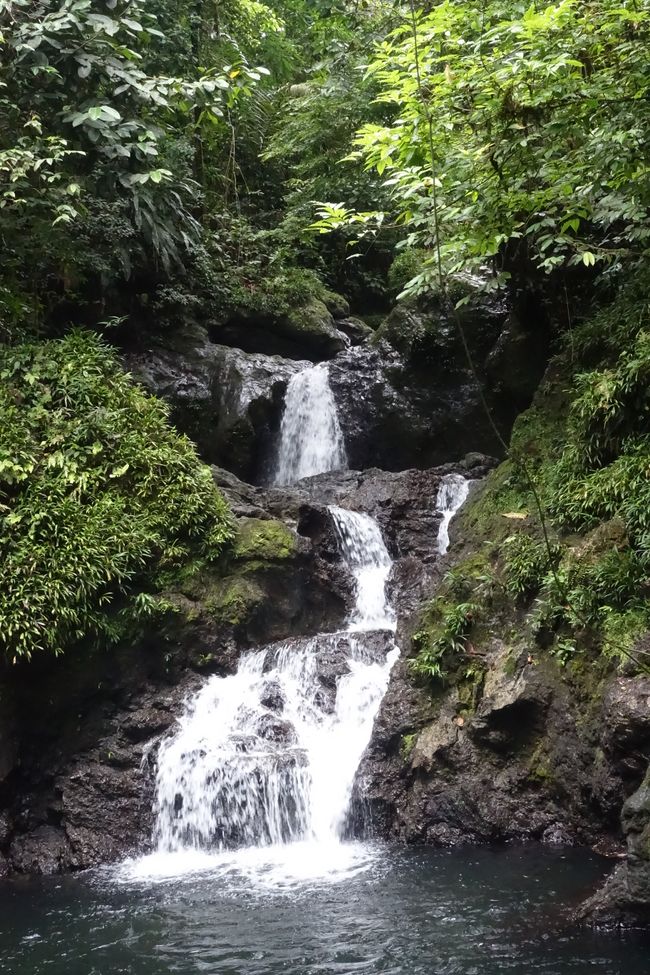
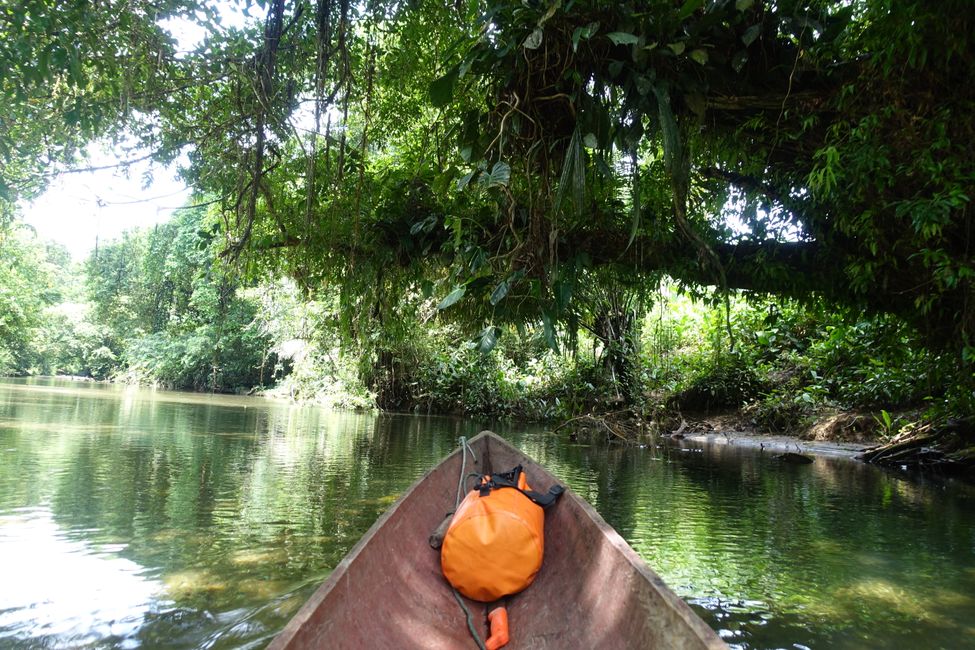
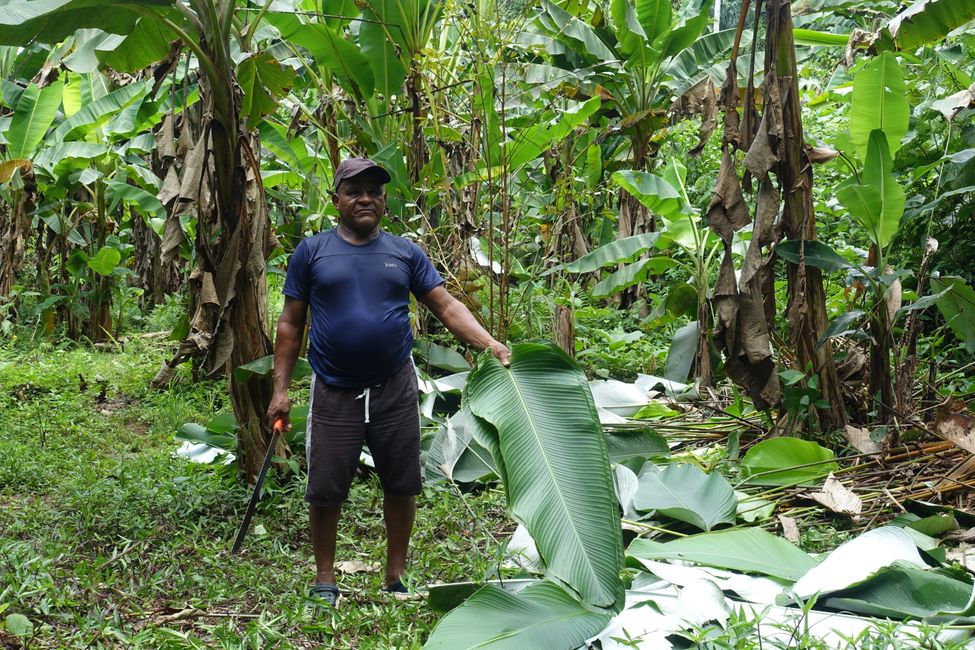
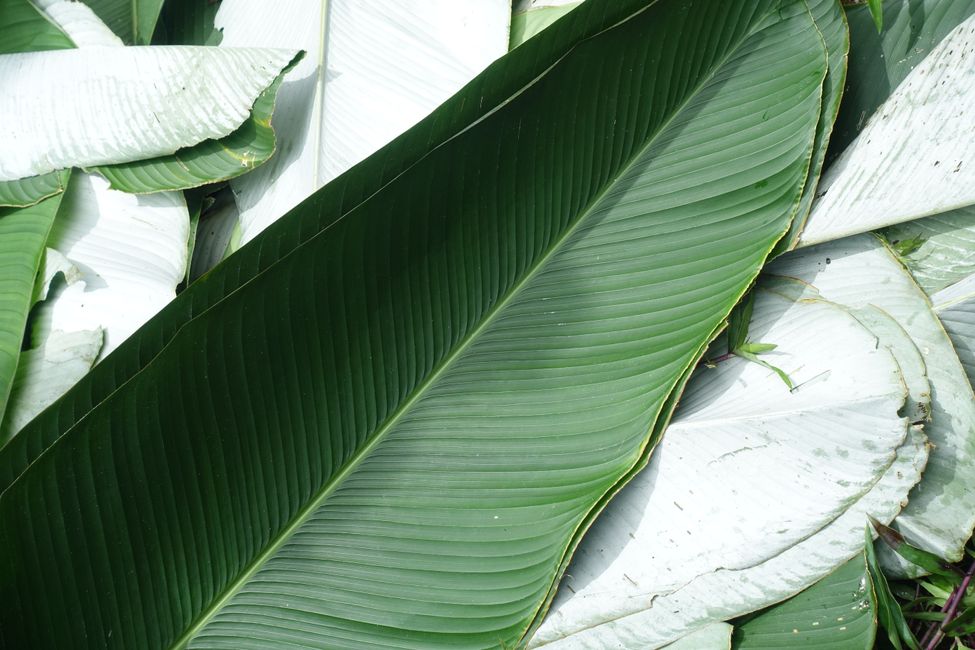
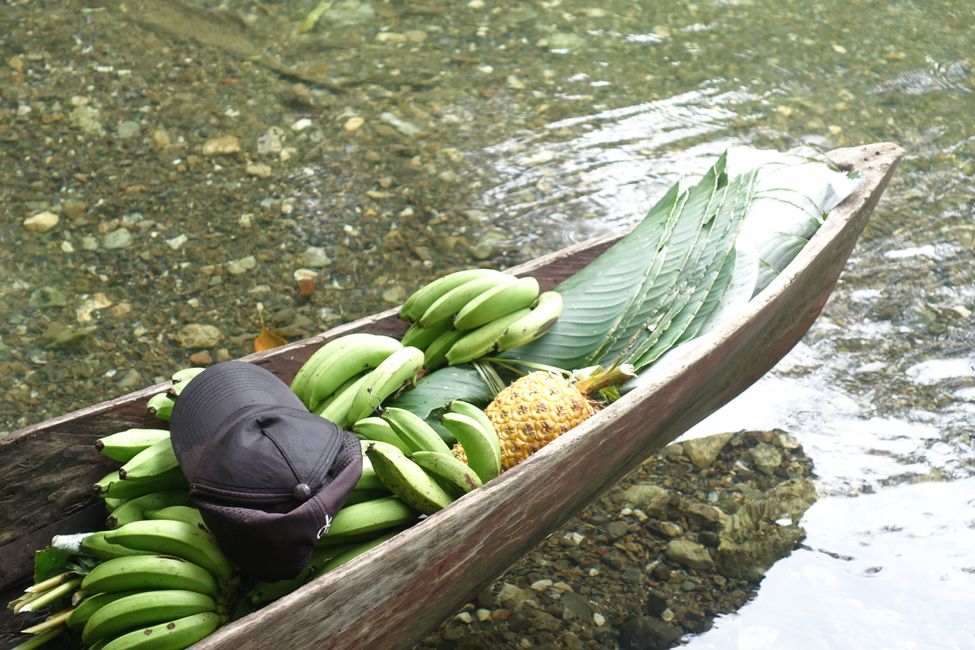
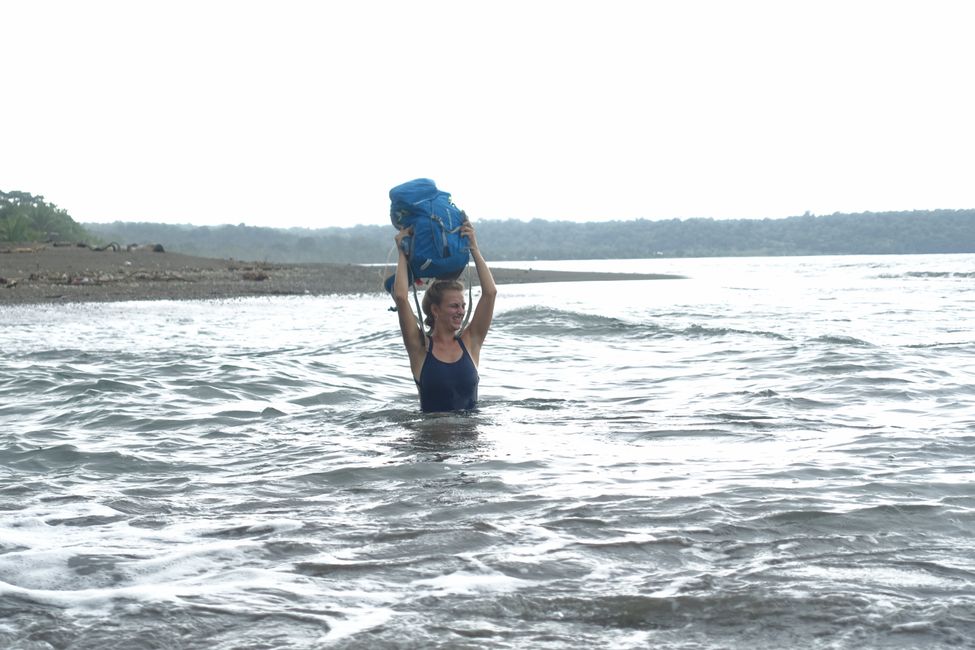
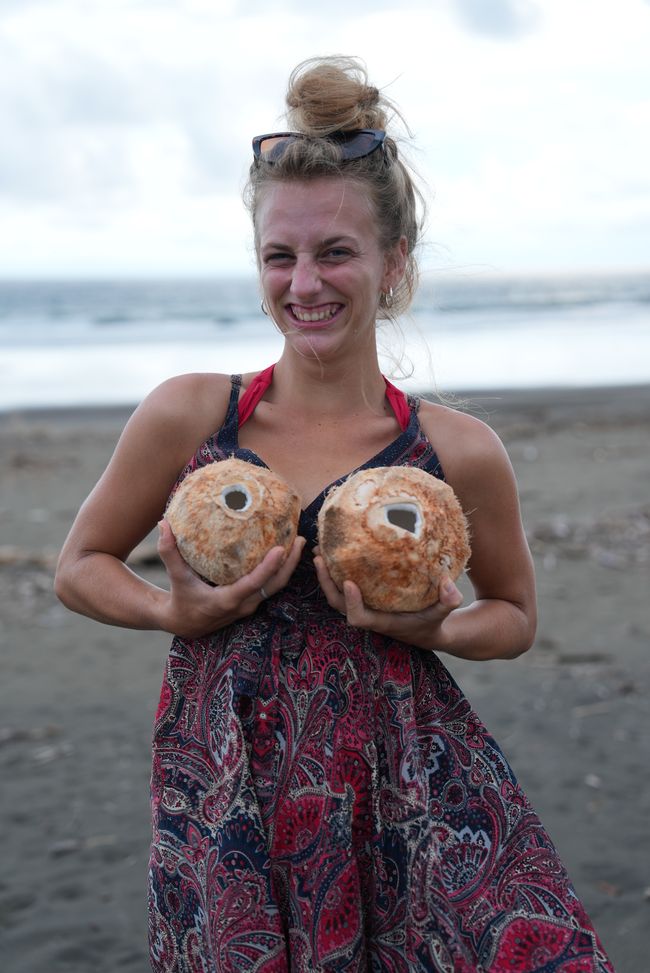
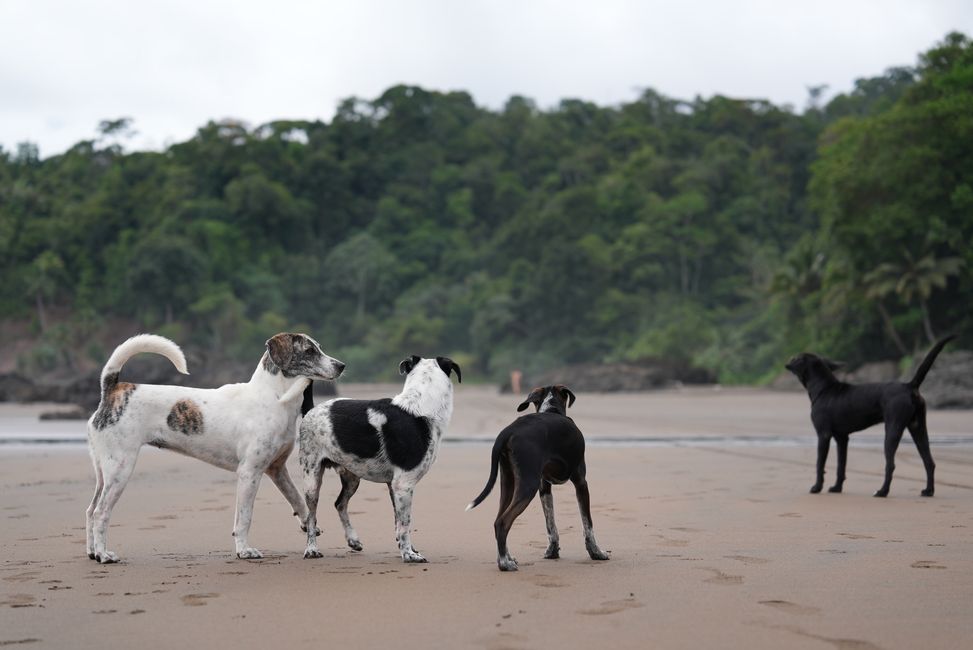
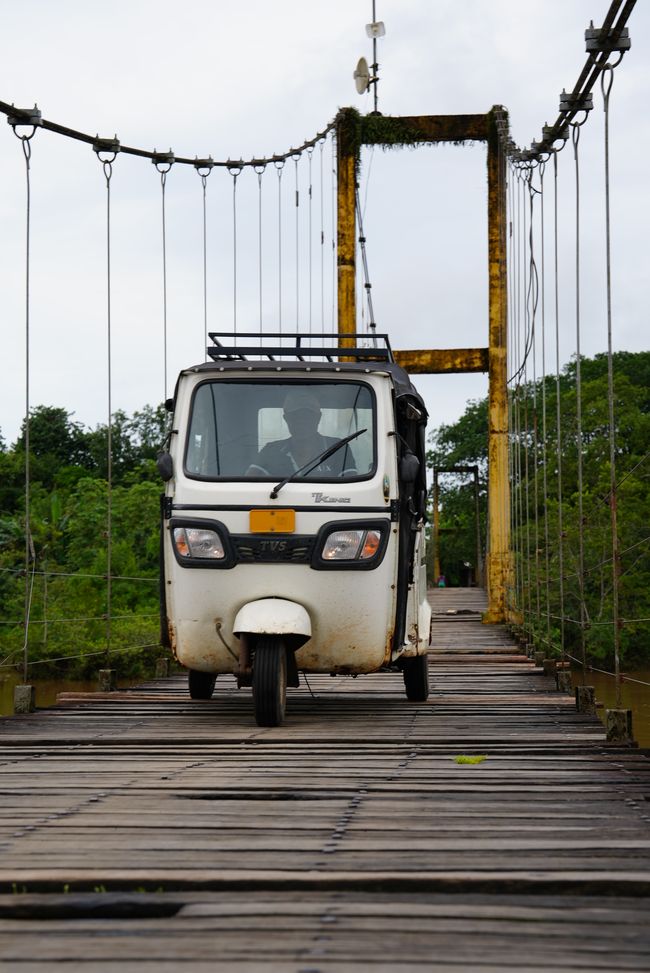
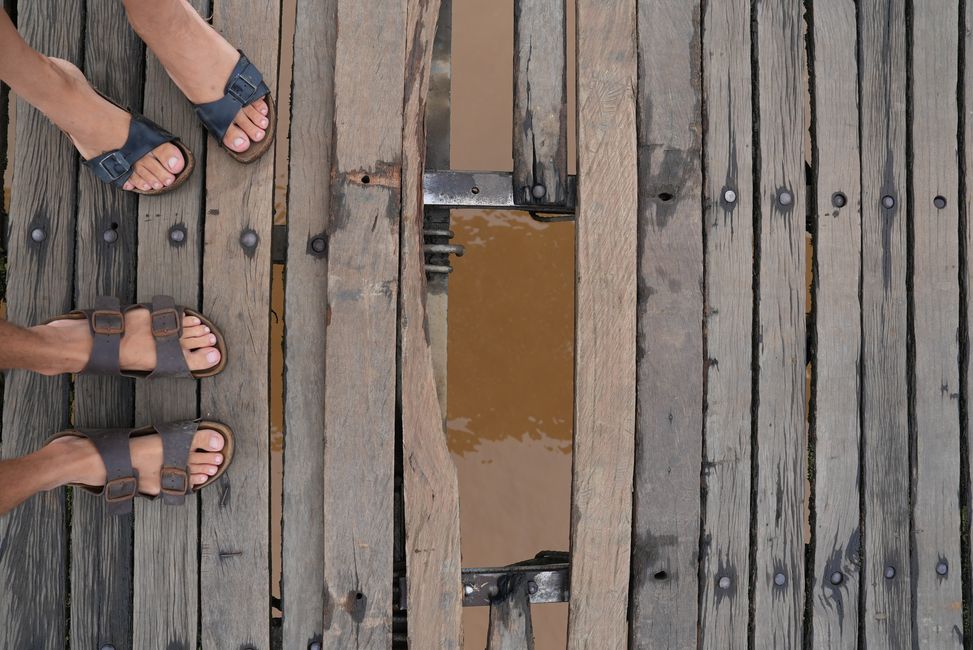
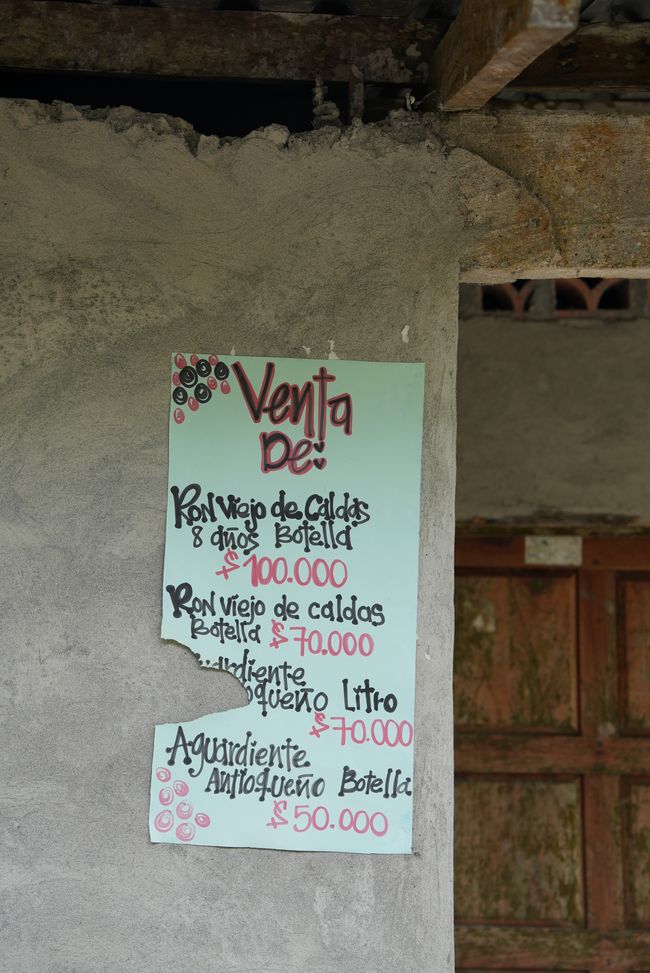
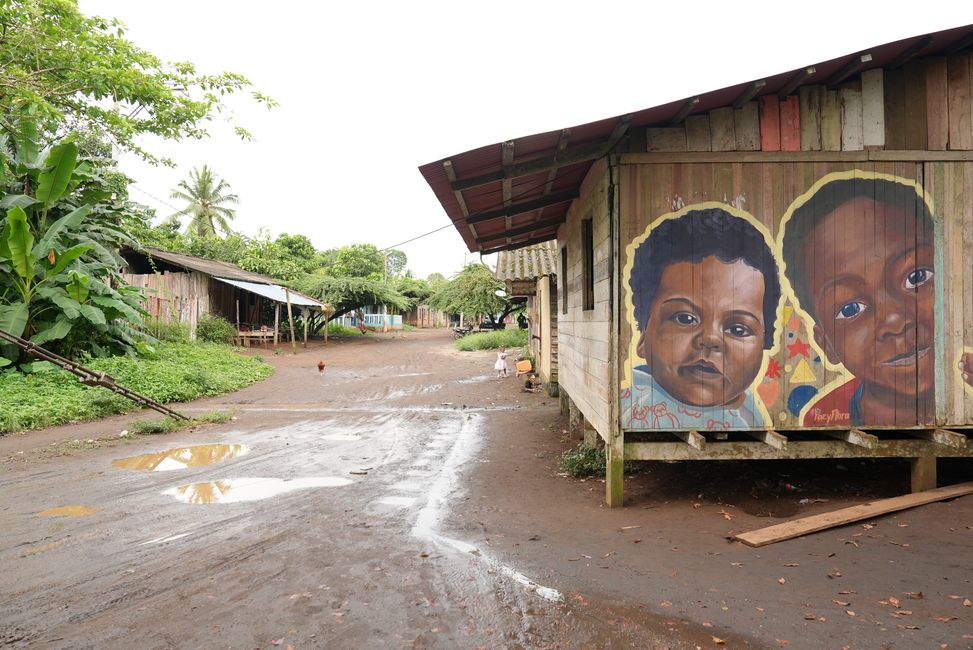
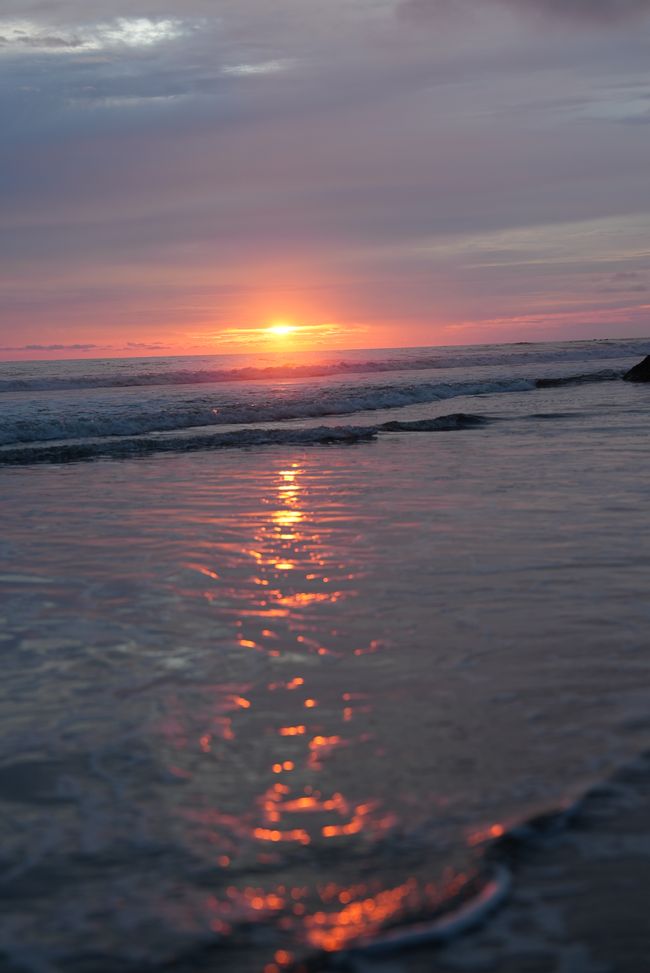
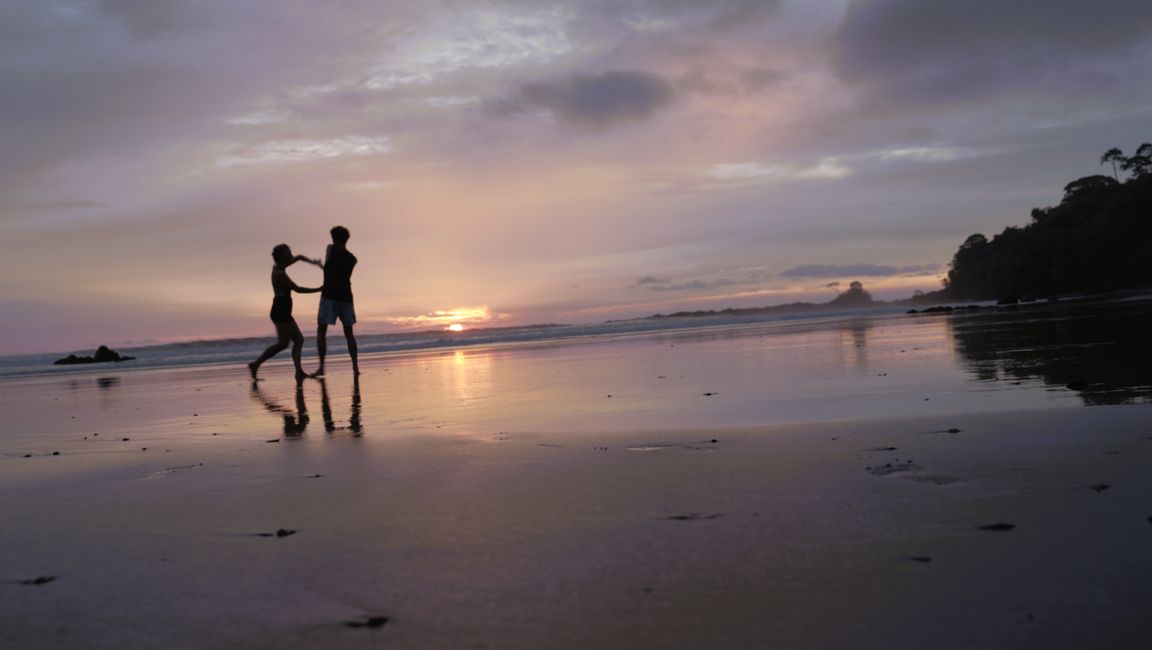
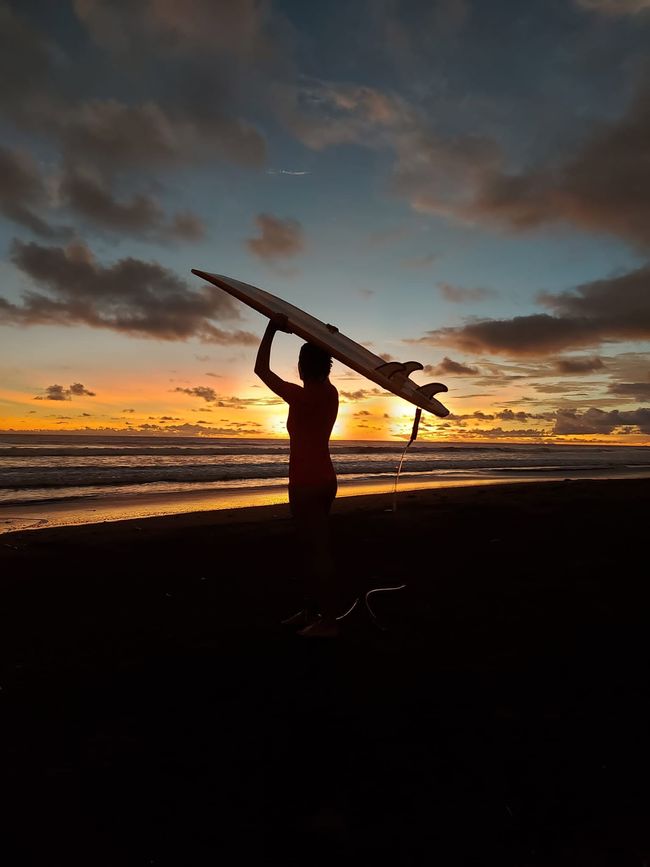

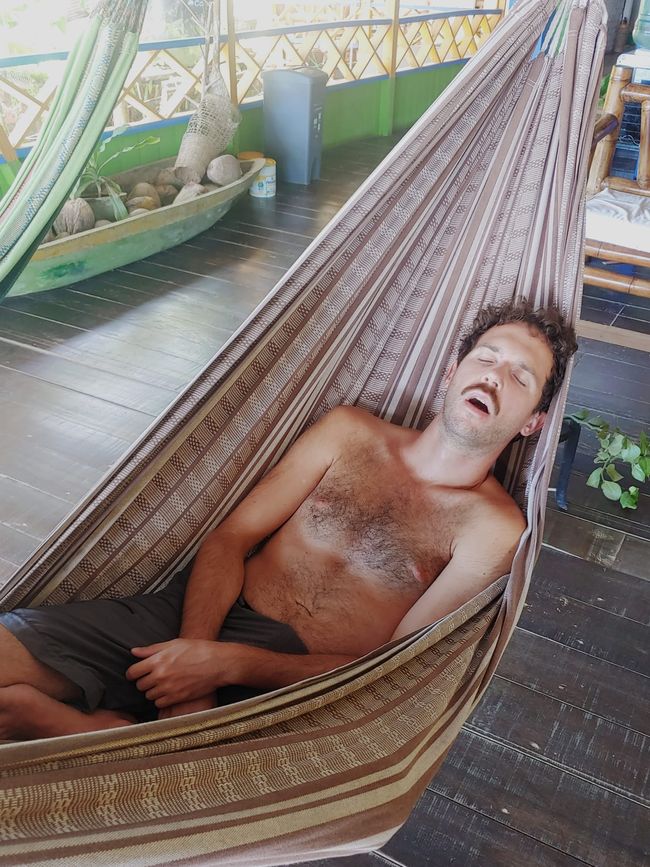
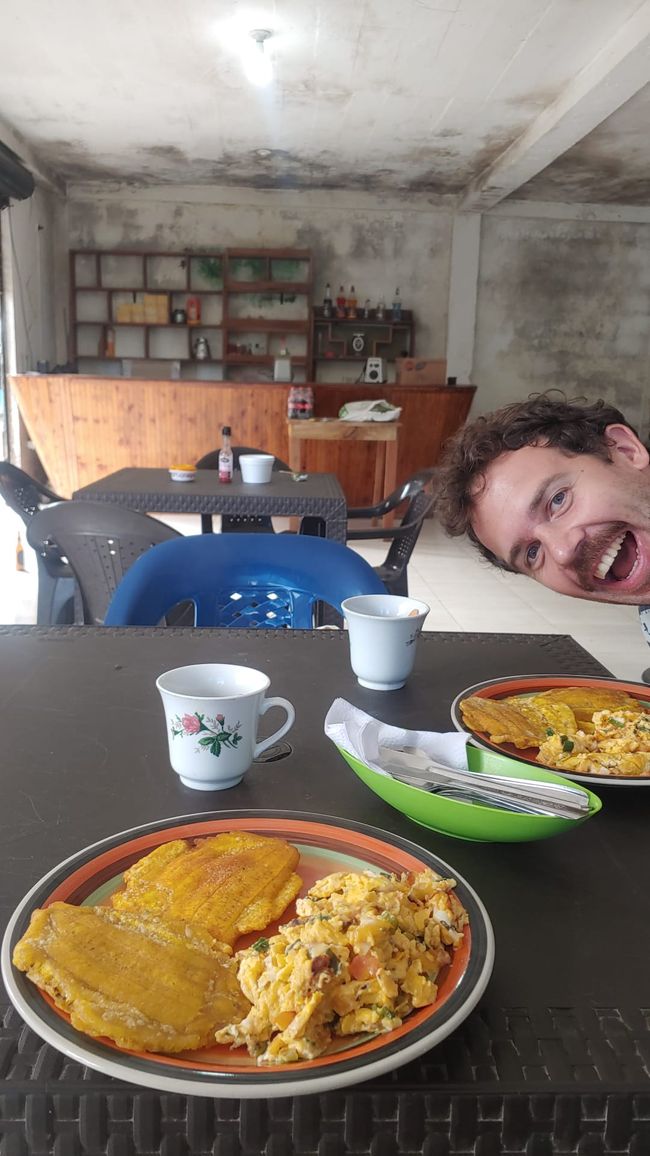
سەبسکرایبی هەواڵنامە بکەن
Pacific Magnificent
The Pacific coast of Colombia is a world of its own that has absolutely captivated us! Where to begin?
Perhaps with something general: Most places along the Pacific coast are isolated from the rest of the country - impenetrable jungle, with no roads, separates them from the outside world. To get here, you need a boat or a plane. For many years, the central government has neglected this zone, creating a form of self-sufficiency and autonomy that makes life and travel more expensive here.
Afro-Colombian and indigenous communities dominate the image of this region. Although economically one of the poorest areas, along with the Amazon, it is one of the richest in terms of biodiversity. It's amazing that many travelers, as well as locals, often overlook the beauty of this area - but those who come here often claim it is their favorite place in Colombia. And now we understand exactly why...
Our journey to the coast began with a six-hour speedboat ride in pouring rain from Buenaventura, a city that is considered one of the most dangerous in the country and ironically bears the name "Good Adventure". Despite the wild waves, we were surprisingly able to sleep, while many of our fellow passengers struggled with seasickness and continuous vomiting.
After our first destination, Nuquí, didn't impress us much and most beautiful beaches were only accessible by boat, we continued our journey the next day to Termales, a place that a Colombian recommended to us the night before while we were drinking rum.
It turned out to be a fantastic idea! Termales welcomed us with open arms - a single street with about thirty houses, where community spirit is key. Here, everyone knows everyone, and trust is so great that many houses don't even have doors, let alone locks. Children run from house to house and play on the streets and beaches without thinking much, even playing hide and seek in a "stranger's" house.
Granted, compared to other places, there were things here that we had to get used to... Electricity comes from a shared plant that shuts off every day at 10:30 a.m. - the whole town suddenly goes dark. Rain and humidity here are at a level we had never experienced before. It rained every day, and not only that, but there were thunderstorms with such loud thunder that the house actually shook. The humidity is so high that you always feel wet. Clothes don't dry, and our backpacks started to mold several times.
Nevertheless, we immediately felt comfortable. This was also largely due to our temporary home: Our accommodation was a simple private wooden house; rooms were rented on the upper floor, while the host and her family lived on the ground floor and operated a small shop that was the center of the town. The accommodation was basic, but the hospitality of the family was incredibly warm. Nena, the host, greeted us with a radiant smile and homemade lemonade. It was clear to us right away that we wanted to stay longer.
And so we spent three weeks in Termales. Boredom never set in here. Each day, we discovered more of the beauty of this area. There was so much to do: jungle tours where we discovered deadly poison dart frogs, conservation and release projects for baby turtles, swimming in rivers and waterfalls, walks to neighboring villages, and even a dive... But our favorite activity was undoubtedly exploring and enjoying the kilometers of lonely black beaches, which are undoubtedly among the most beautiful we have ever seen.
More than the surroundings, it was the locals, the sense of community, and the stories they generously shared with us that impressed us. For example, we met a surf instructor who, despite having little experience, founded a surf school to provide an activity for young people after school - currently, over 80 children are part of the surf club, and one teenager even participated in the World Championships.
The greatest storyteller in town was undoubtedly Paulo. At 77 years old, he exuded an energy that would even make the Energizer Bunny jealous. Although he had no formal education, he was what can only be called "wise" - he knew about everything from plants and animals to politics and society, and was familiar with everyone in town. He was also a gifted entertainer and always enjoyed having an audience. One day, he invited us to help him build an almost antique machine called "Matscuatro", which was used to process sugar cane. We spent half a day with him, watching as he built a working machine out of nothing and finally squeezed out fresh sugar cane juice, called "Guarapo". Because he enjoyed having an audience so much, we spontaneously decided to film him and conduct a little interview. You can watch the result here: https://www.youtube.com/watch?v=uz3d9HGjBZA
Once again, it was confirmed that in special places, you also meet the most interesting travelers. That's how we met a couple from Italy, Zoe and Luigi, our neighbors at Nena's. A lovely, charismatic couple. Zoe couldn't separate herself from the place either, so we spent a lot of time together, which I enjoyed immensely - little did I know how important this would be for the next step of my journey.
After three weeks, with heavy hearts, we left Termales by boat and continued our journey to El Valle. El Valle, although still a village, surprised us with something we hadn't seen in weeks: traffic. It is connected by a gravel road to the larger place called Bahia Solano.
In El Valle, we were the only guests at the hostel. The beaches here were not as wild and deserted as in Termales, but still beautiful. And they had a different appeal: You could surf here! So I threw myself into the waves, and after a few hours in the water, I actually managed to catch waves without assistance. An indescribable feeling. We enjoyed a few more days of waves, sea, and sand before finally flying to Medellin in a mini propeller plane from a small airport with handwritten boarding passes.
It was fascinating to see how the media painted a picture of this place that only spoke of poverty and lack of resources, while never focusing on the knowledge, traditions, and vibrant community. Chocó is beautiful and the people here even more so.
Kisses byebye
Pacific Magnificent
The Pacific coast of Colombia is a world apart that has absolutely captivated us! Where to begin?
Perhaps with something general: Most places along the Pacific coast are isolated from the rest of the country - impenetrable jungle, with no roads, separates them from the outside world. To get here, you need a boat or a plane. For many years, the central government has neglected this zone, creating a form of self-sufficiency and autonomy that makes life and travel more expensive here.
Afro-Colombian and indigenous communities dominate the image of this region. Although economically one of the poorest areas, along with the Amazon, it is one of the richest in terms of biodiversity. It's amazing that many travelers, as well as locals, often overlook the beauty of this area - but those who come here often claim it is their favorite place in Colombia. And now we understand exactly why...
Our journey to the coast began with a six-hour speedboat ride in pouring rain from Buenaventura, a city that is considered one of the most dangerous in the country and ironically bears the name "Good Adventure". Despite the wild waves, we were surprisingly able to sleep, while many of our fellow passengers struggled with seasickness and continuous vomiting.
After our first destination, Nuquí, didn't impress us much and most beautiful beaches were only accessible by boat, we continued our journey the next day to Termales, a place that a Colombian recommended to us the night before while we were drinking rum.
It turned out to be a fantastic idea! Termales welcomed us with open arms - a single street with about thirty houses, where community spirit is key. Here, everyone knows everyone, and trust is so great that many houses don't even have doors, let alone locks. Children run from house to house and play on the streets and beaches without thinking much, even playing hide and seek in a "stranger's" house.
Granted, compared to other places, there were things here that we had to get used to... Electricity comes from a shared plant that shuts off every day at 10:30 a.m. - the whole town suddenly goes dark. Rain and humidity here are at a level we had never experienced before. It rained every day, and not only that, but there were thunderstorms with such loud thunder that the house actually shook. The humidity is so high that you always feel wet. Clothes don't dry, and our backpacks started to mold several times.
Nevertheless, we immediately felt comfortable. This was also largely due to our temporary home: Our accommodation was a simple private wooden house; rooms were rented on the upper floor, while the host and her family lived on the ground floor and operated a small shop that was the center of the town. The accommodation was basic, but the hospitality of the family was incredibly warm. Nena, the host, greeted us with a radiant smile and homemade lemonade. It was clear to us right away that we wanted to stay longer.
And so we spent three weeks in Termales. Boredom never set in here. Each day, we discovered more of the beauty of this area. There was so much to do: jungle tours where we discovered deadly poison dart frogs, conservation and release projects for baby turtles, swimming in rivers and waterfalls, walks to neighboring villages, and even a dive... But our favorite activity was undoubtedly exploring and enjoying the kilometers of lonely black beaches, which are undoubtedly among the most beautiful we have ever seen.
More than the surroundings, it was the locals, the sense of community, and the stories they generously shared with us that impressed us. For example, we met a surf instructor who, despite having little experience, founded a surf school to provide an activity for young people after school - currently, over 80 children are part of the surf club, and one teenager even participated in the World Championships.
The greatest storyteller in town was undoubtedly Paulo. At 77 years old, he exuded an energy that would even make the Energizer Bunny jealous. Although he had no formal education, he was what can only be called "wise" - he knew about everything from plants and animals to politics and society, and was familiar with everyone in town. He was also a gifted entertainer and always enjoyed having an audience. One day, he invited us to help him build an almost antique machine called "Matscuatro", which was used to process sugar cane. We spent half a day with him, watching as he built a working machine out of nothing and finally squeezed out fresh sugar cane juice, called "Guarapo". Because he enjoyed having an audience so much, we spontaneously decided to film him and conduct a little interview. You can watch the result here: https://www.youtube.com/watch?v=uz3d9HGjBZA
Once again, it was confirmed that in special places, you also meet the most interesting travelers. That's how we met a couple from Italy, Zoe and Luigi, our neighbors at Nena's. A lovely, charismatic couple. Zoe couldn't separate herself from the place either, so we spent a lot of time together, which I enjoyed immensely - little did I know how important this would be for the next step of my journey.
After three weeks, with heavy hearts, we left Termales by boat and continued our journey to El Valle. El Valle, although still a village, surprised us with something we hadn't seen in weeks: traffic. It is connected by a gravel road to the larger place called Bahia Solano.
In El Valle, we were the only guests at the hostel. The beaches here were not as wild and deserted as in Termales, but still beautiful. And they had a different appeal: You could surf here! So I threw myself into the waves, and after a few hours in the water, I actually managed to catch waves without assistance. An indescribable feeling. We enjoyed a few more days of waves, sea, and sand before finally flying to Medellin in a mini propeller plane from a small airport with handwritten boarding passes.
It was fascinating to see how the media painted a picture of this place that only spoke of poverty and lack of resources, while never focusing on the knowledge, traditions, and vibrant community. Chocó is beautiful and the people here even more so.
Kisses byebye
سەبسکرایبی هەواڵنامە بکەن
وەڵام
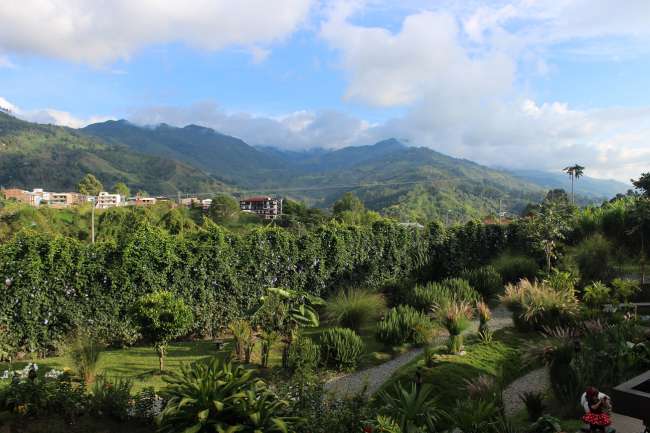
ڕاپۆرتی گەشتیاری کۆڵۆمبیا
